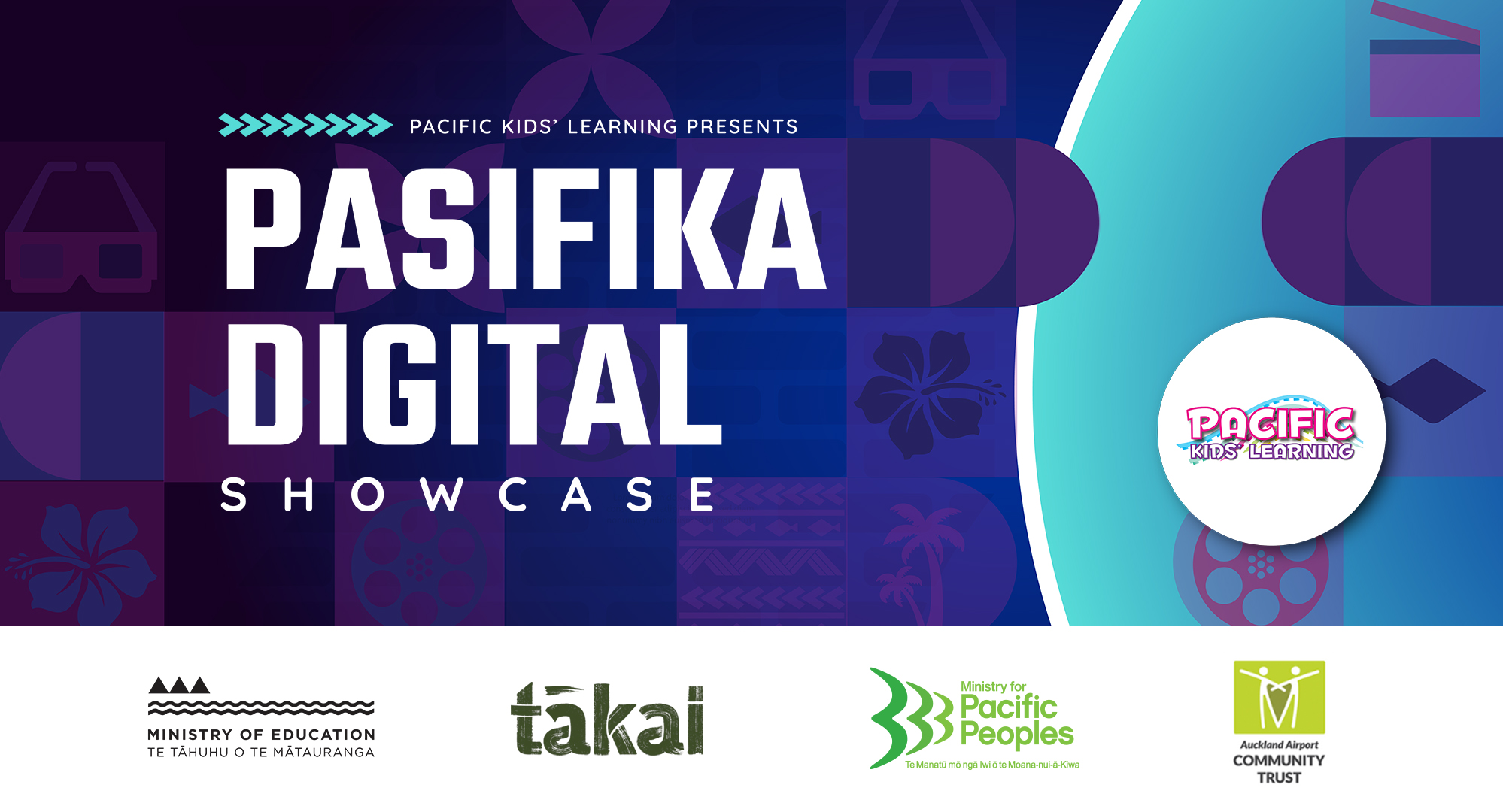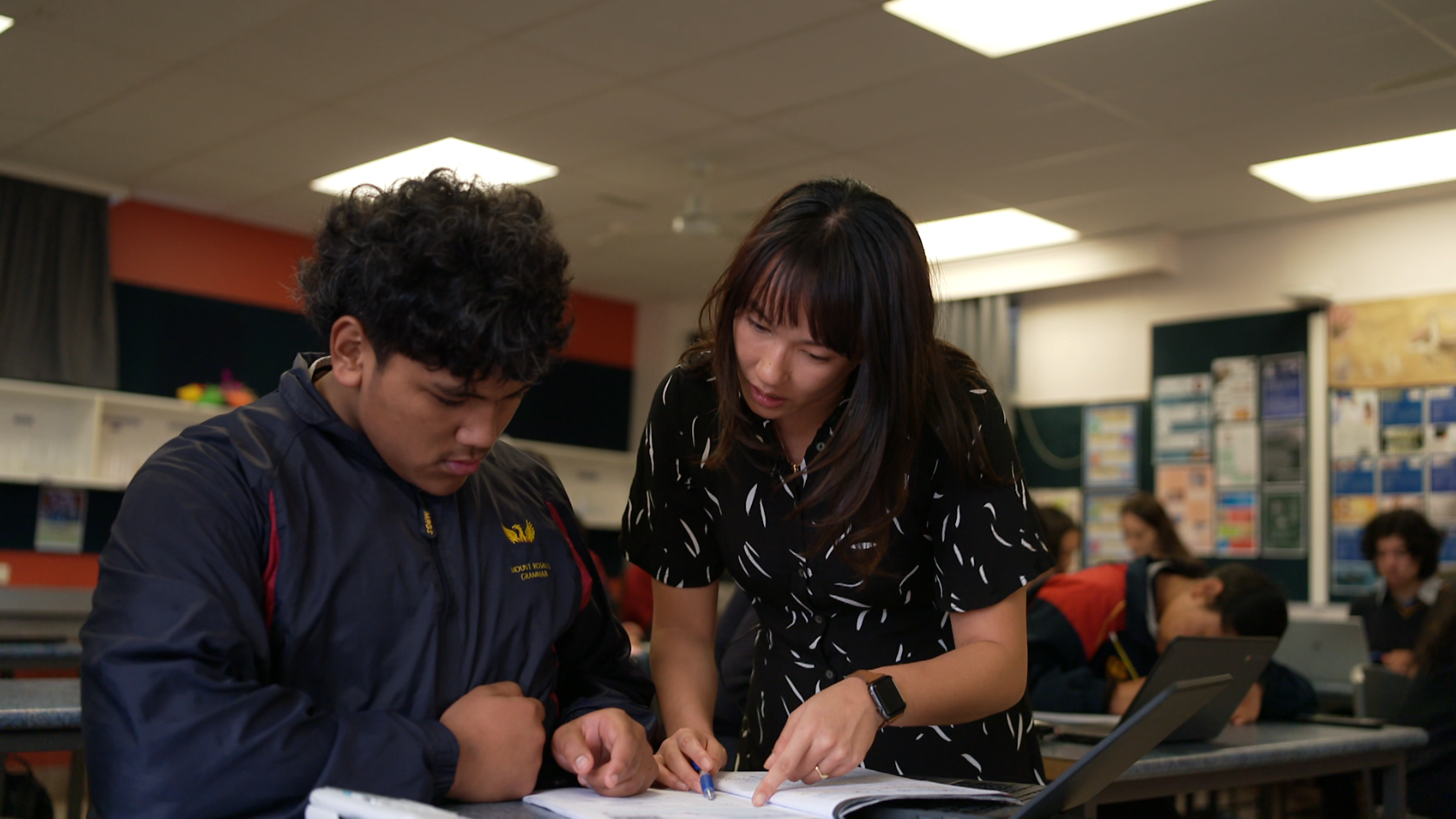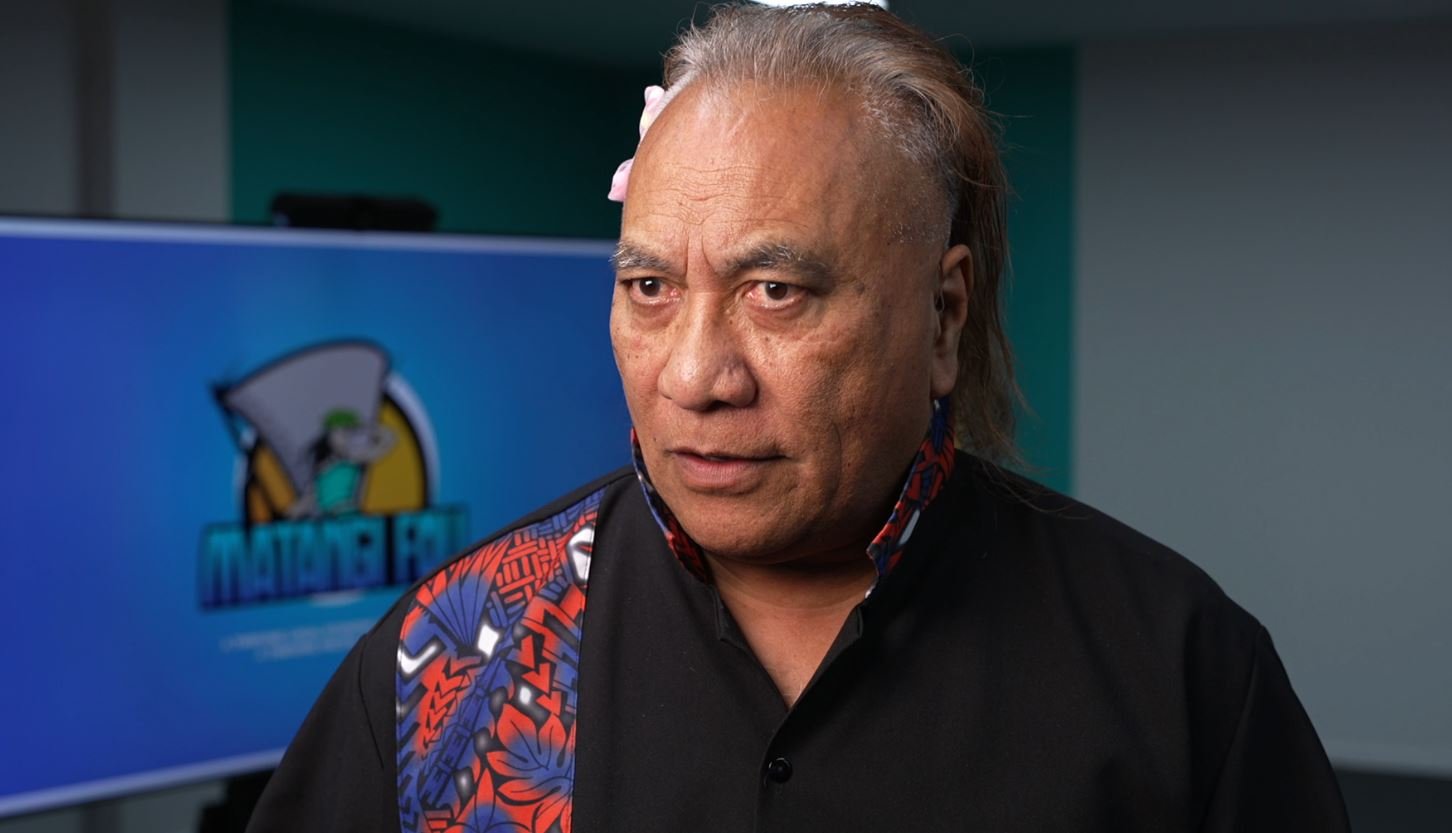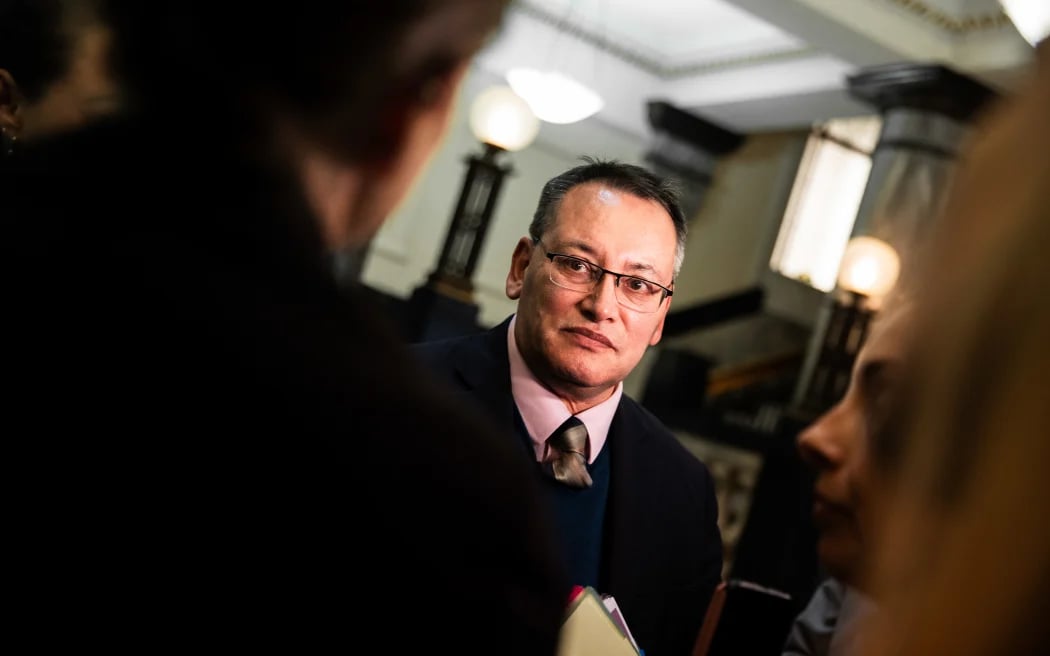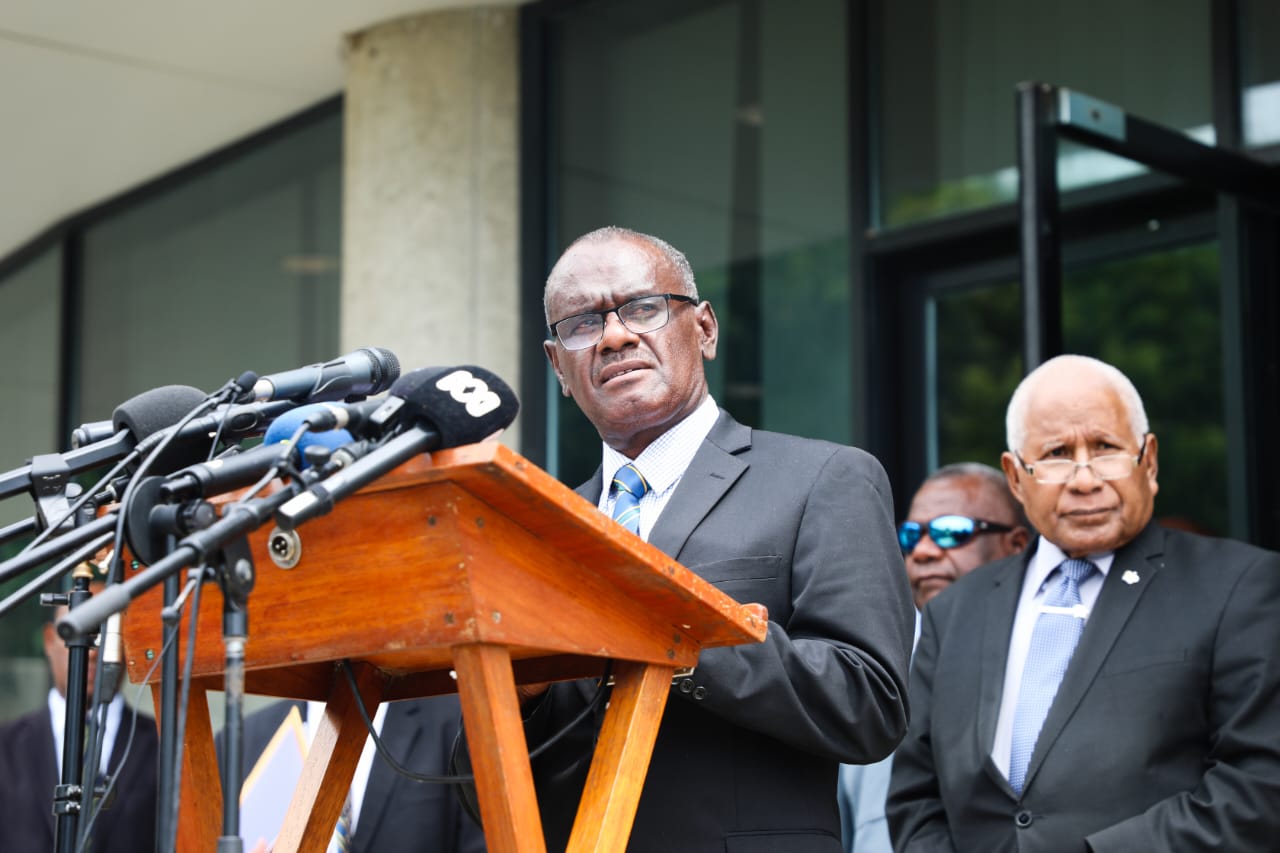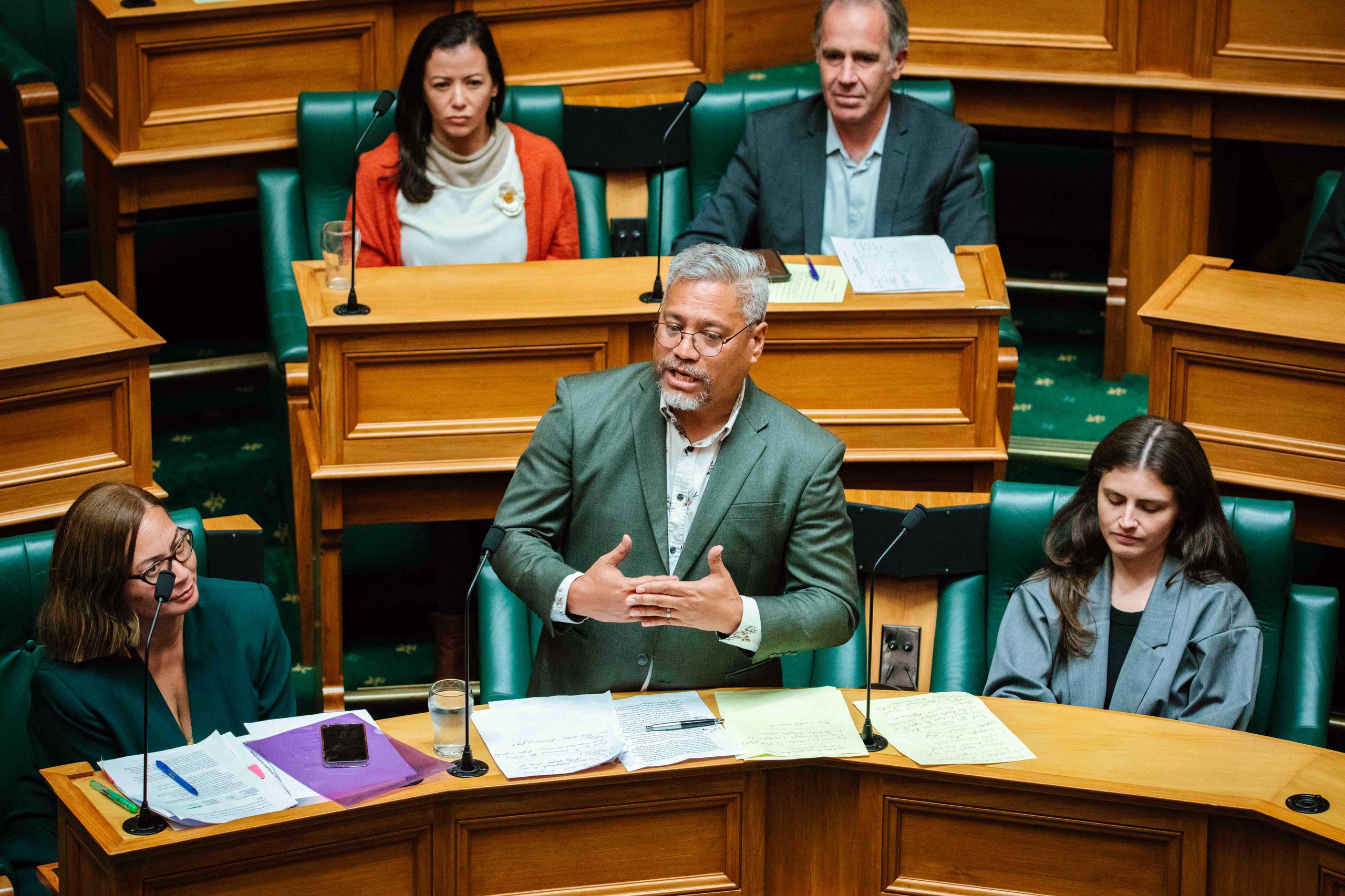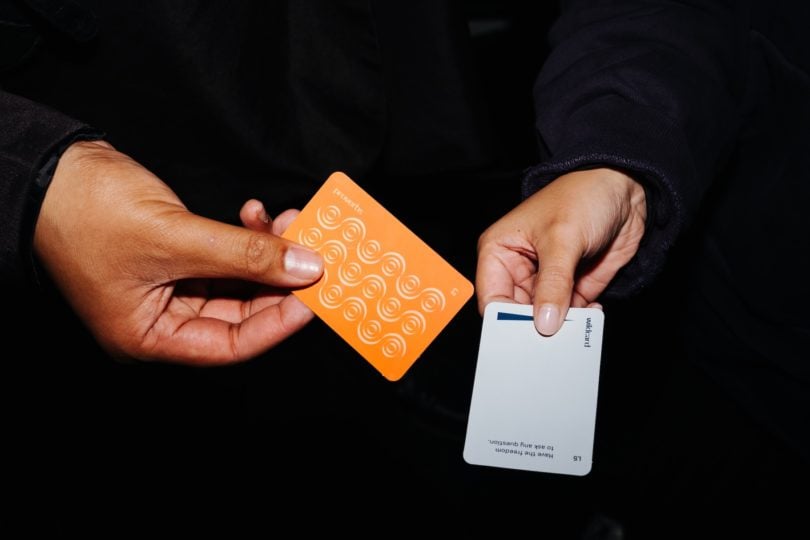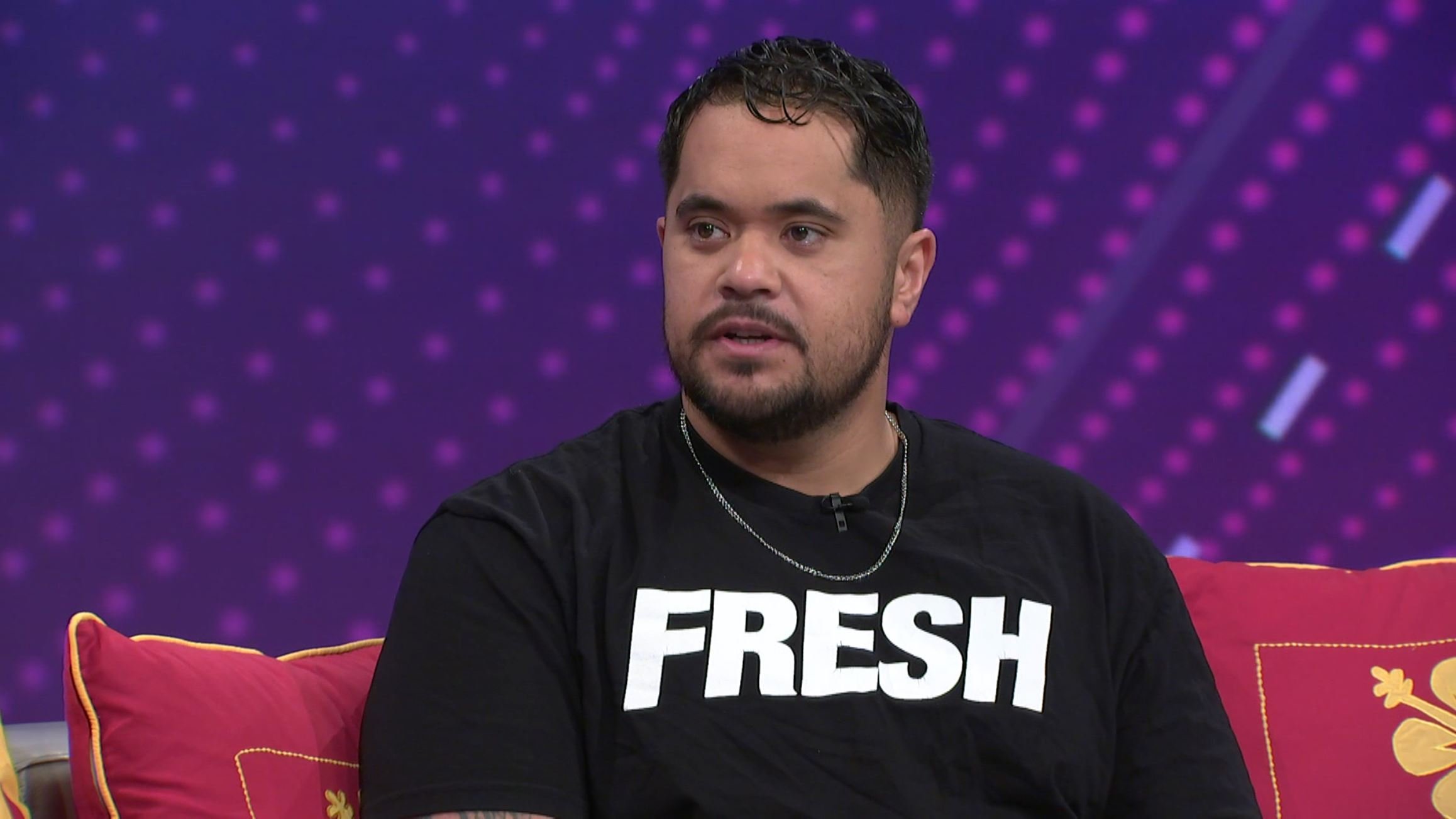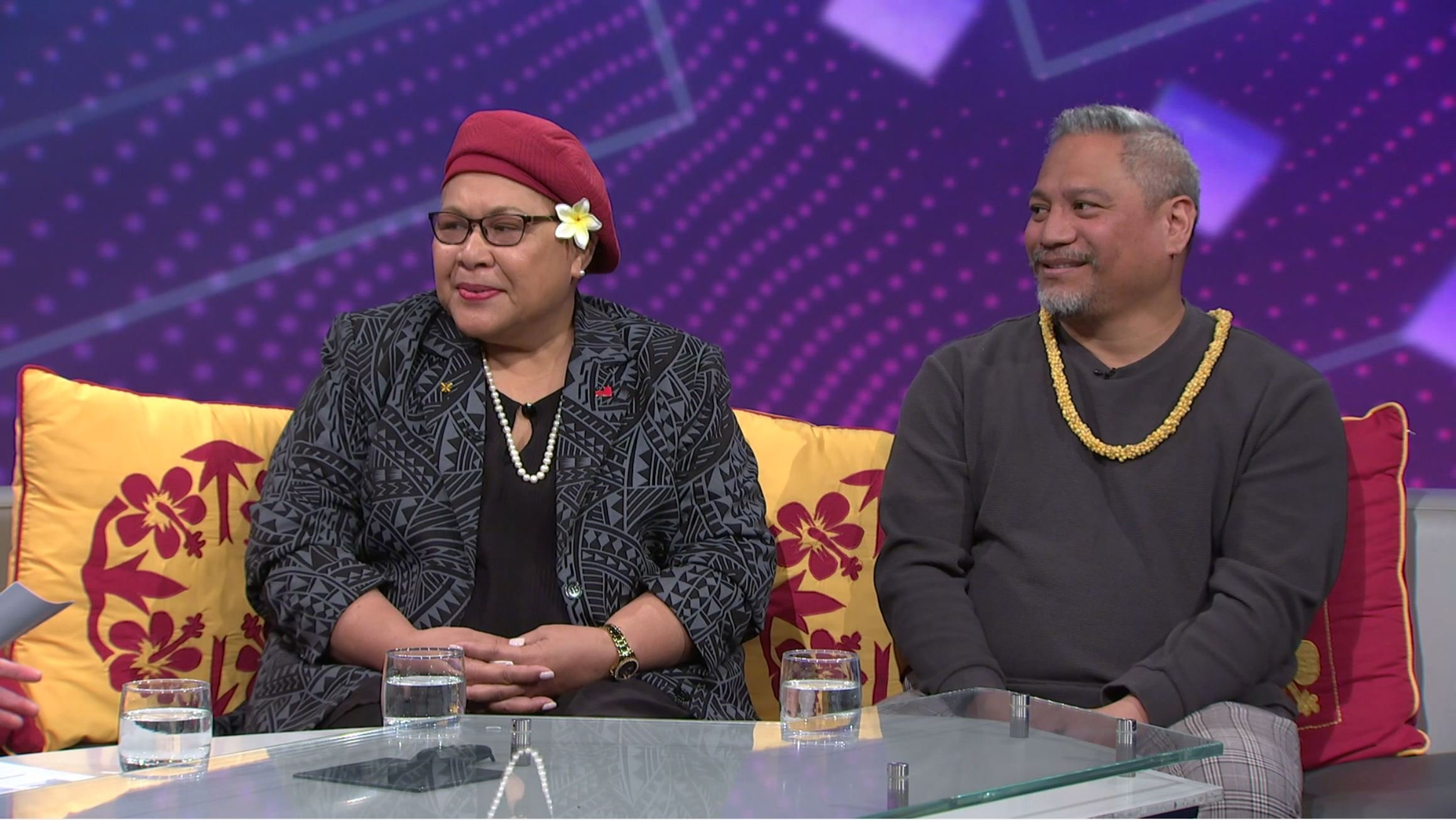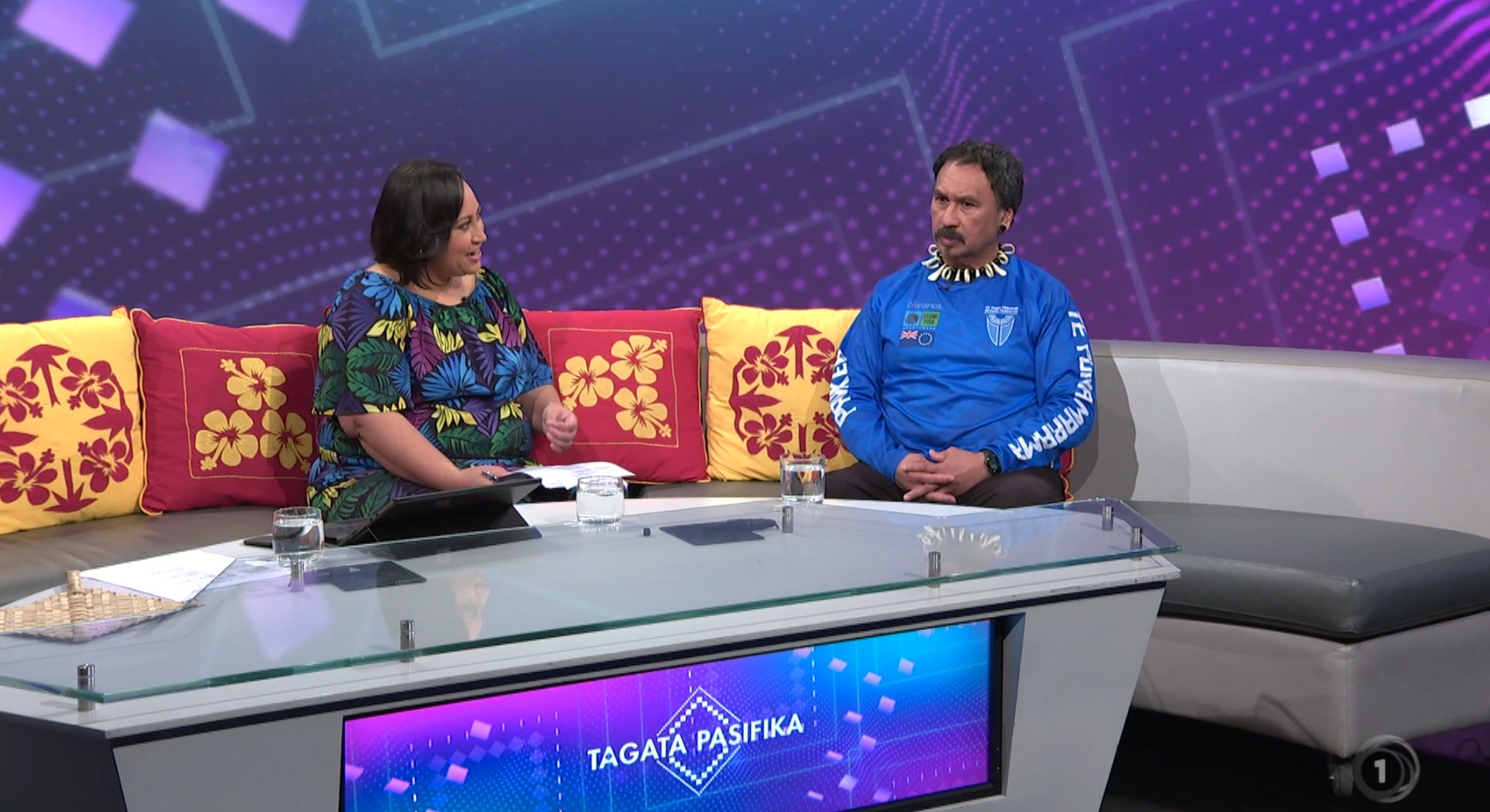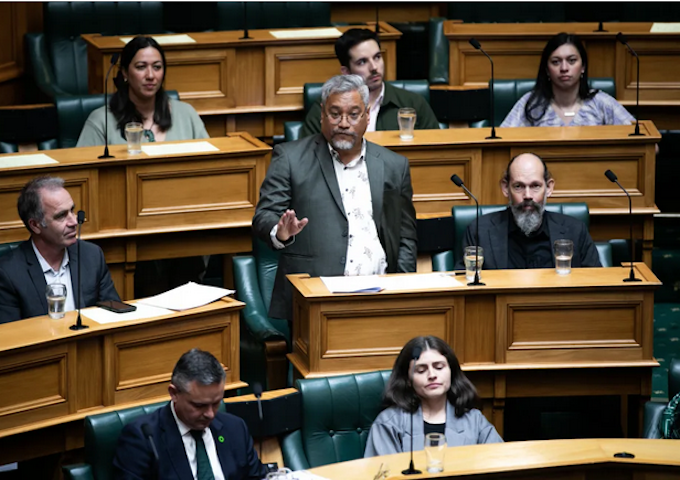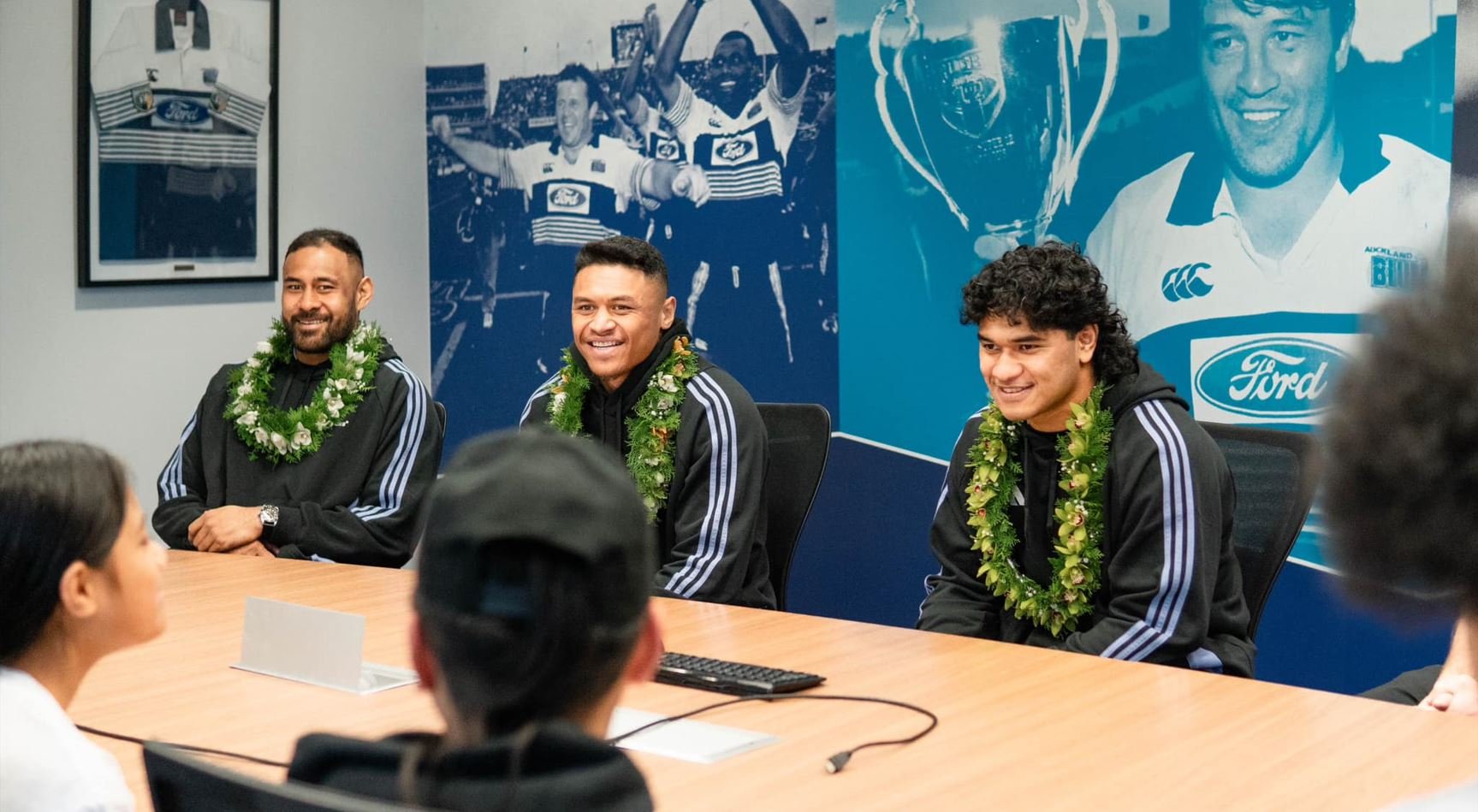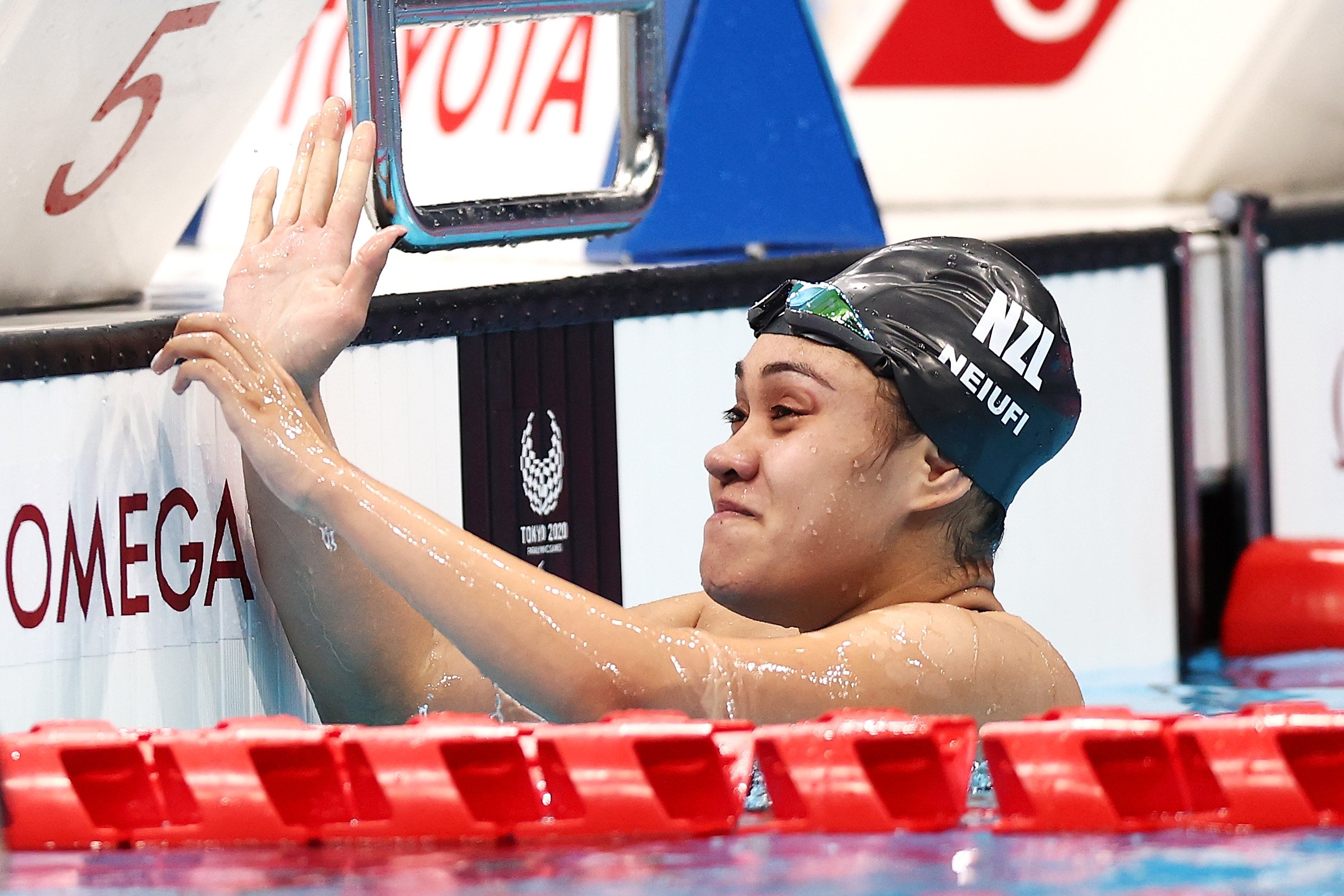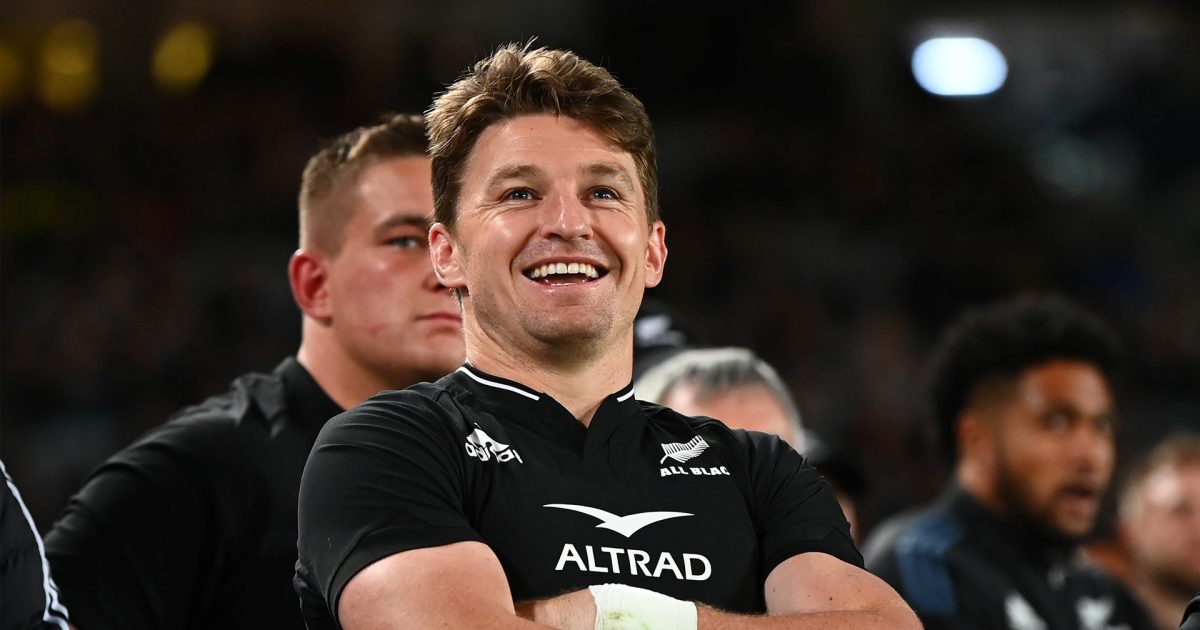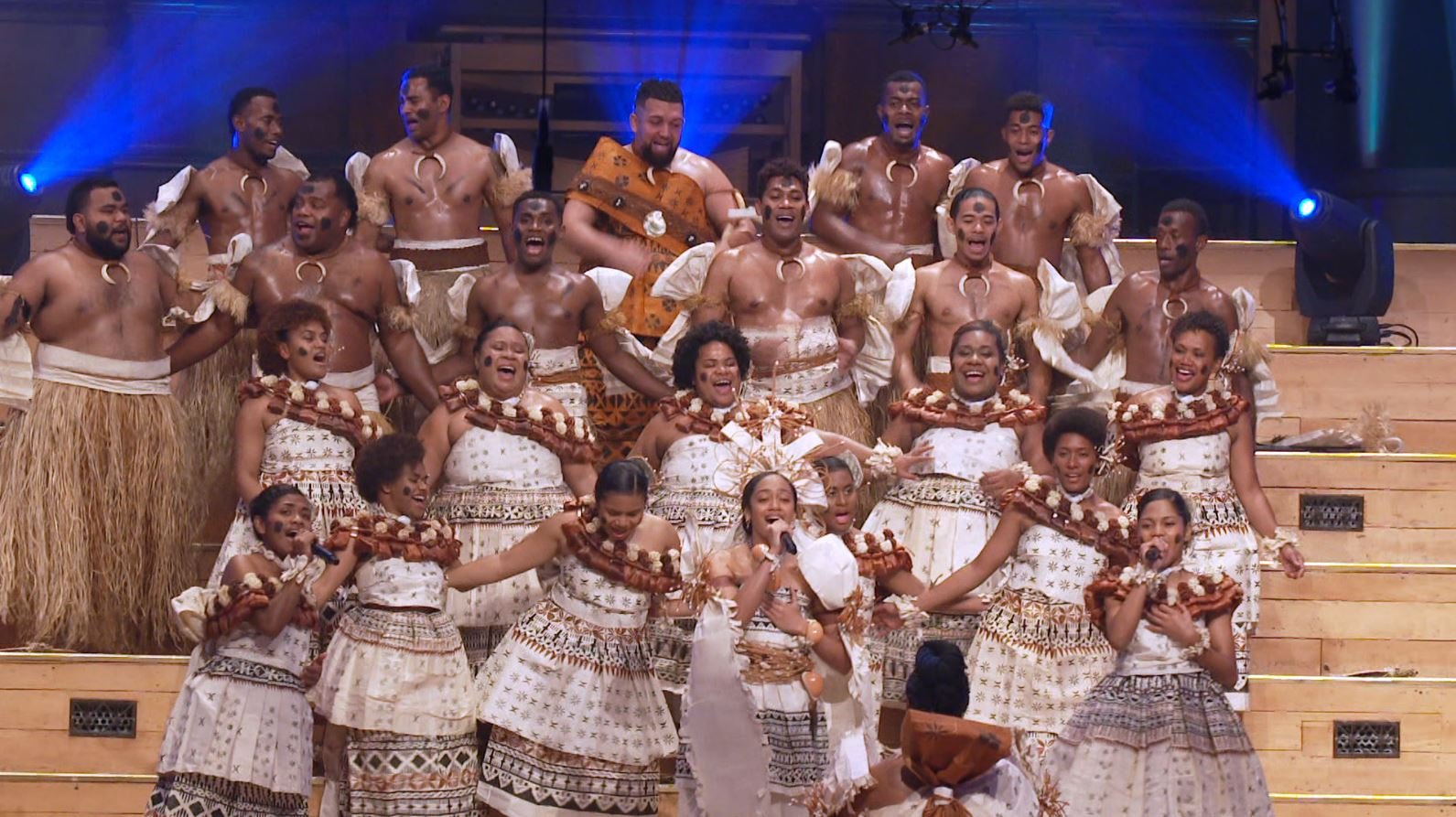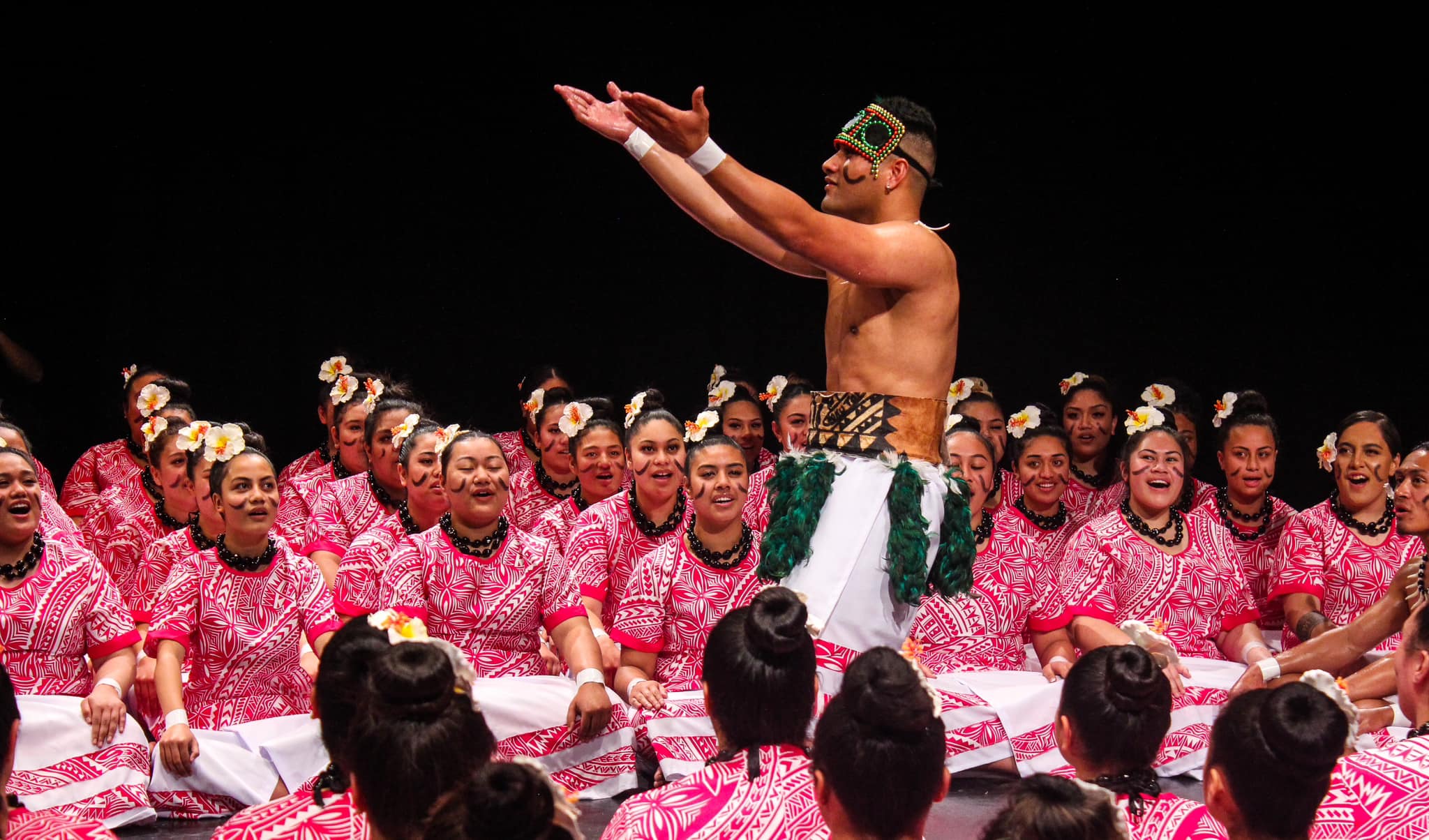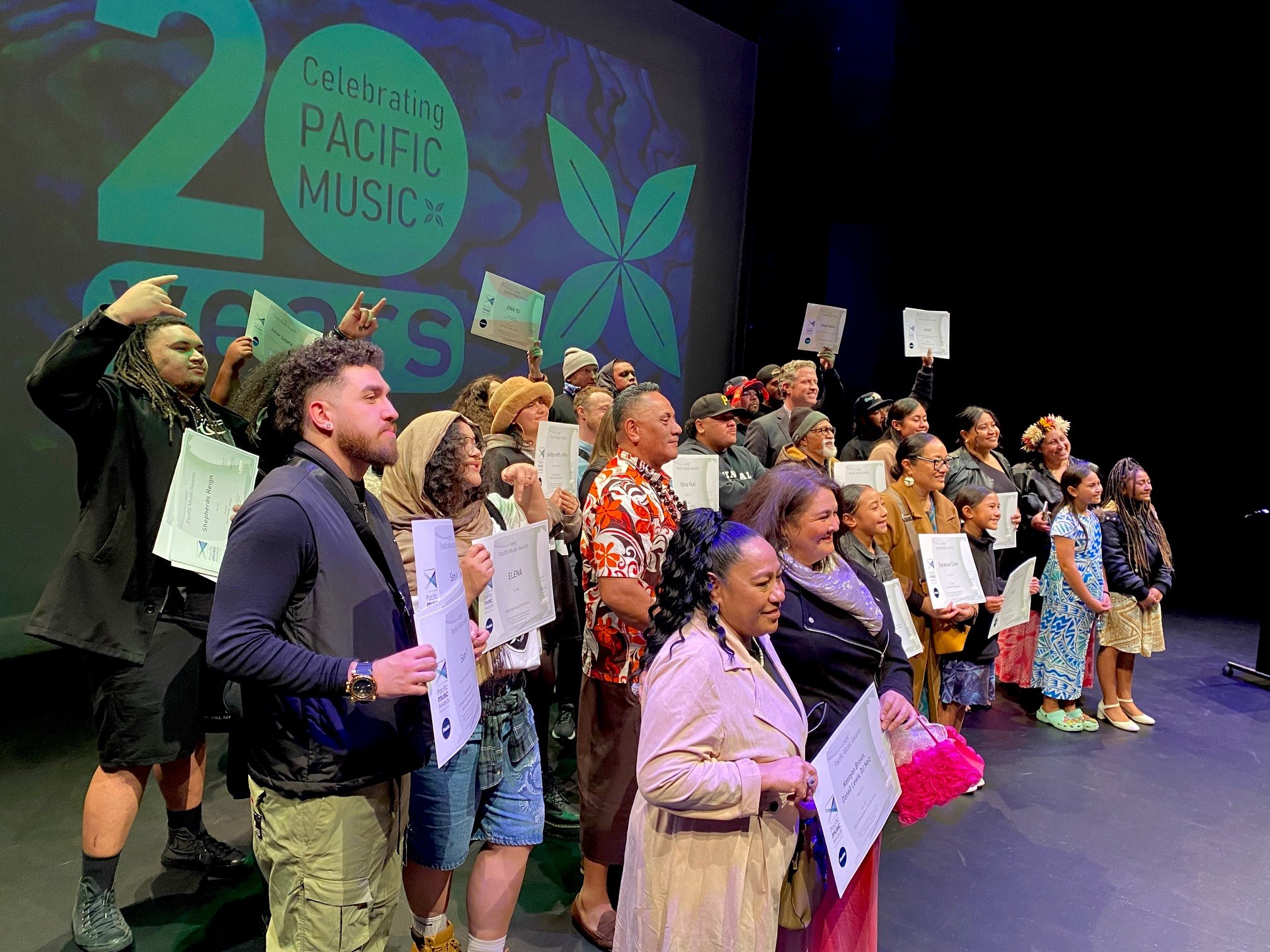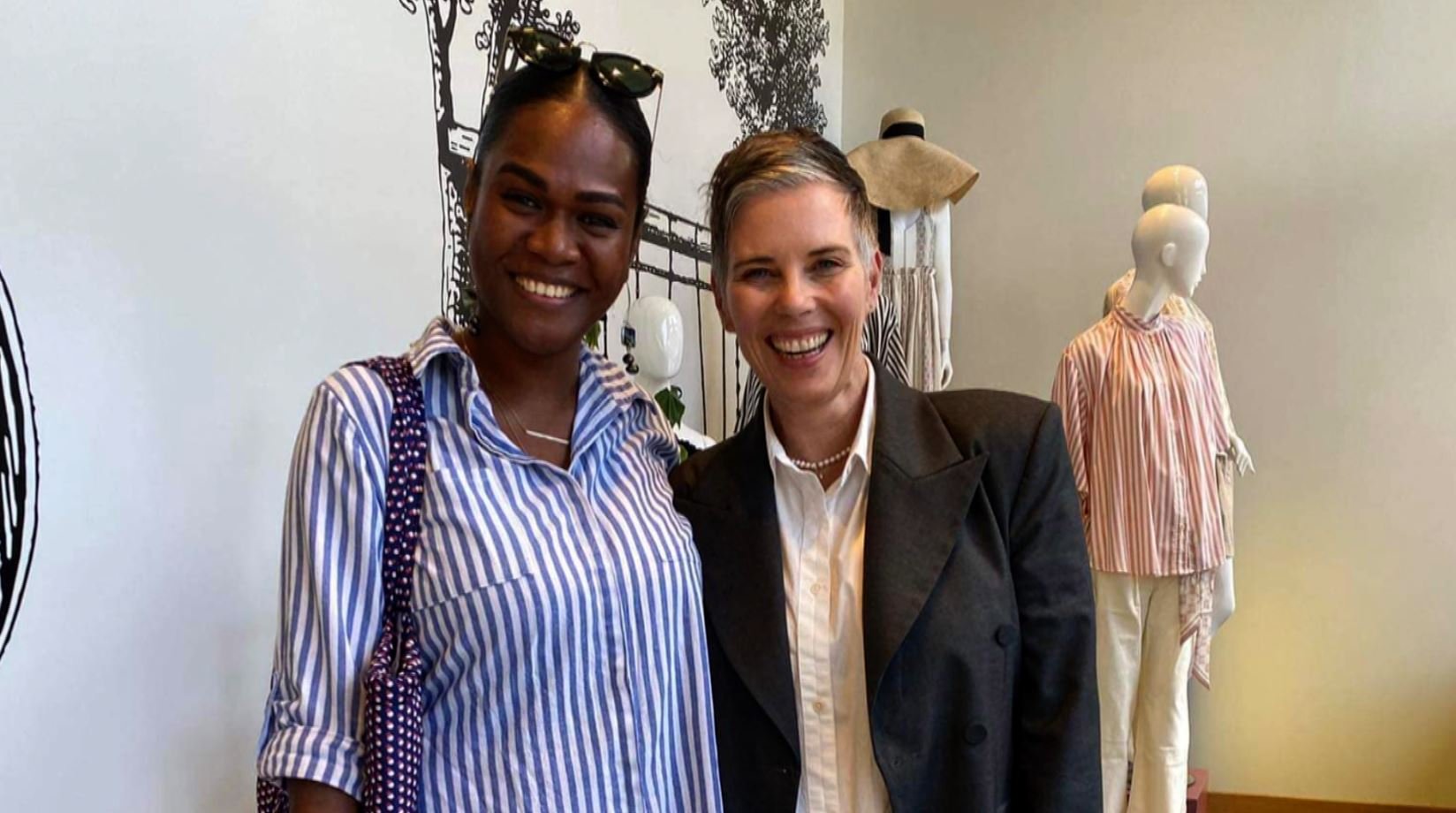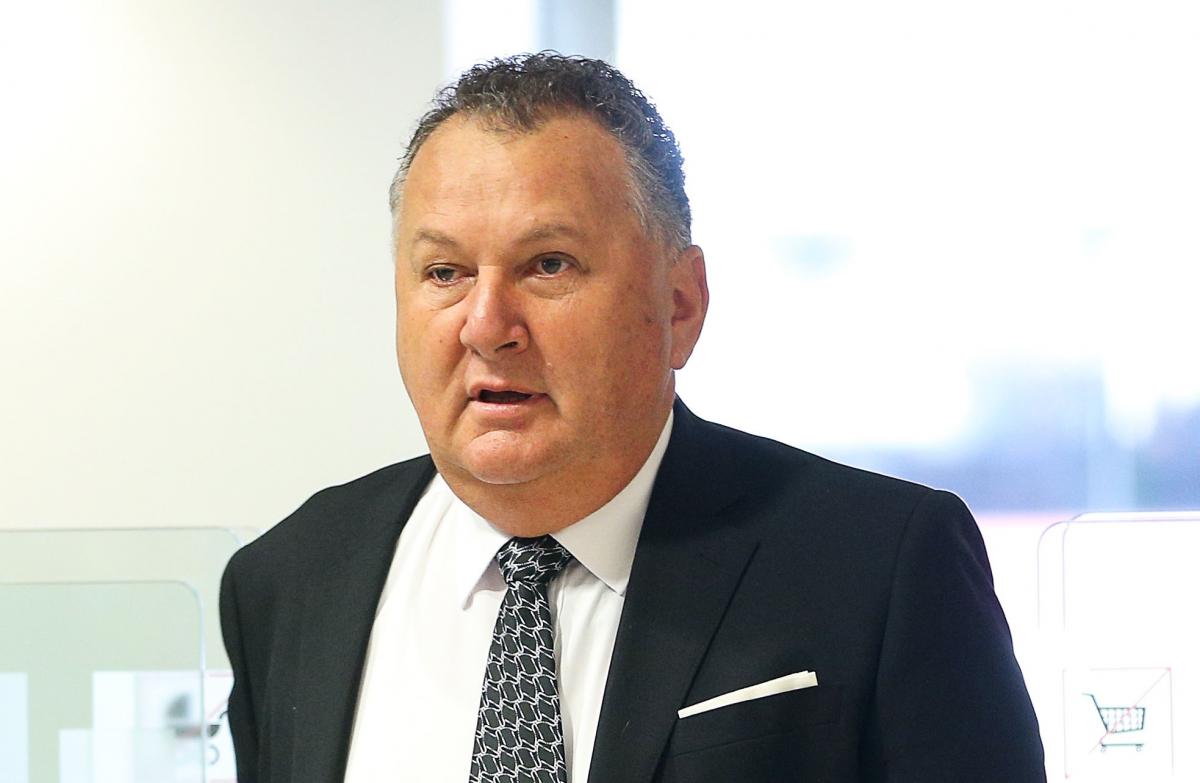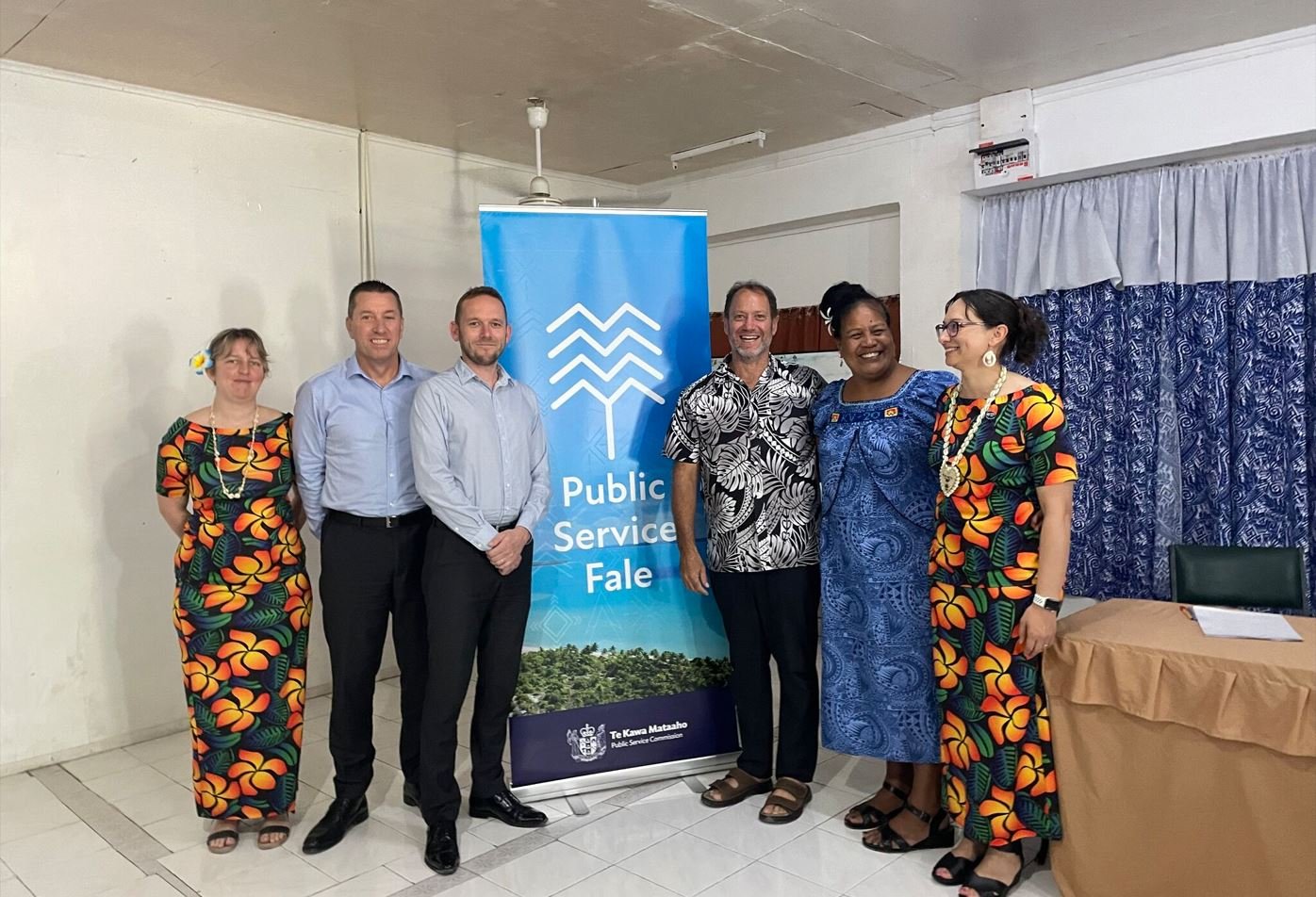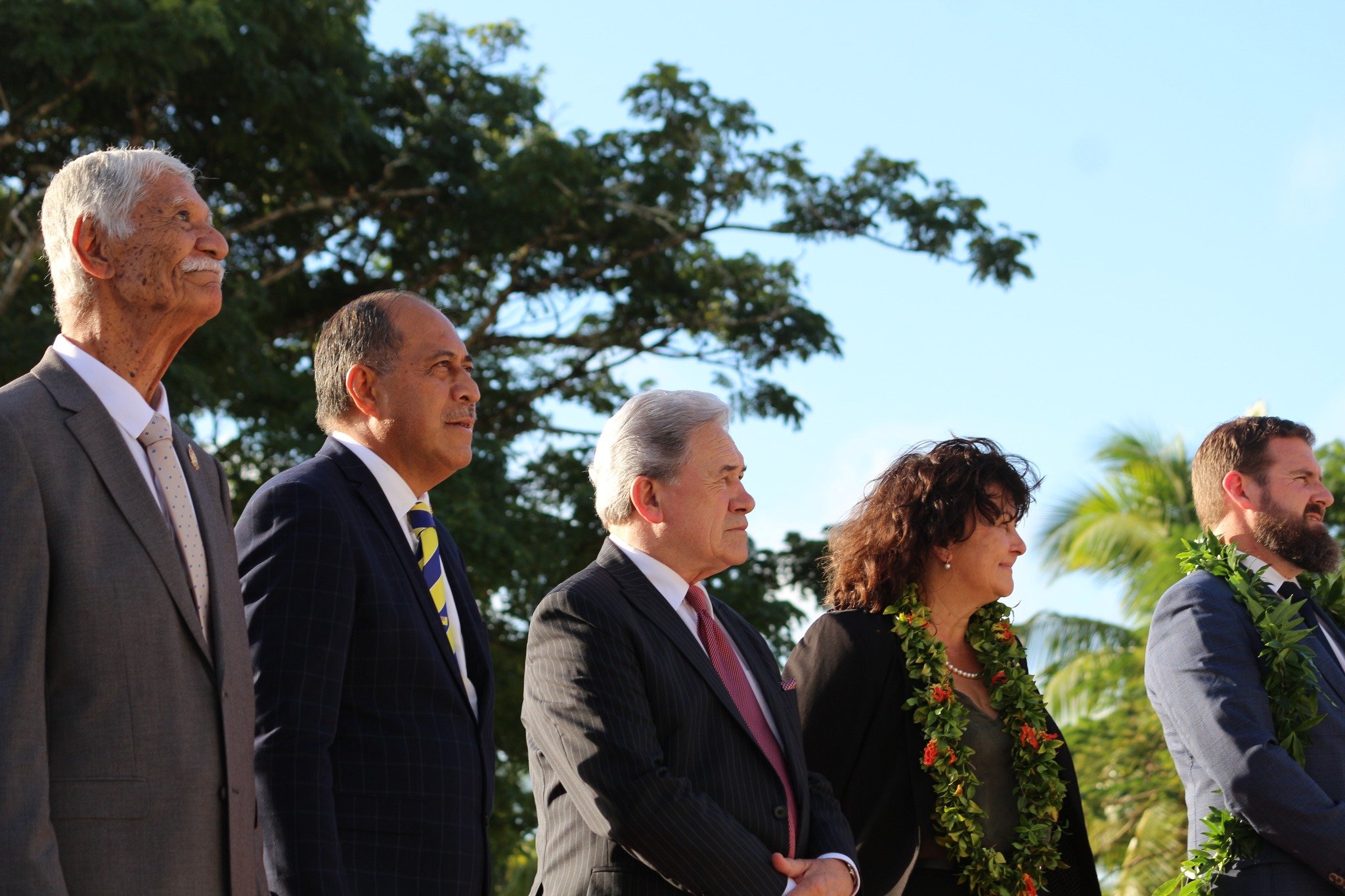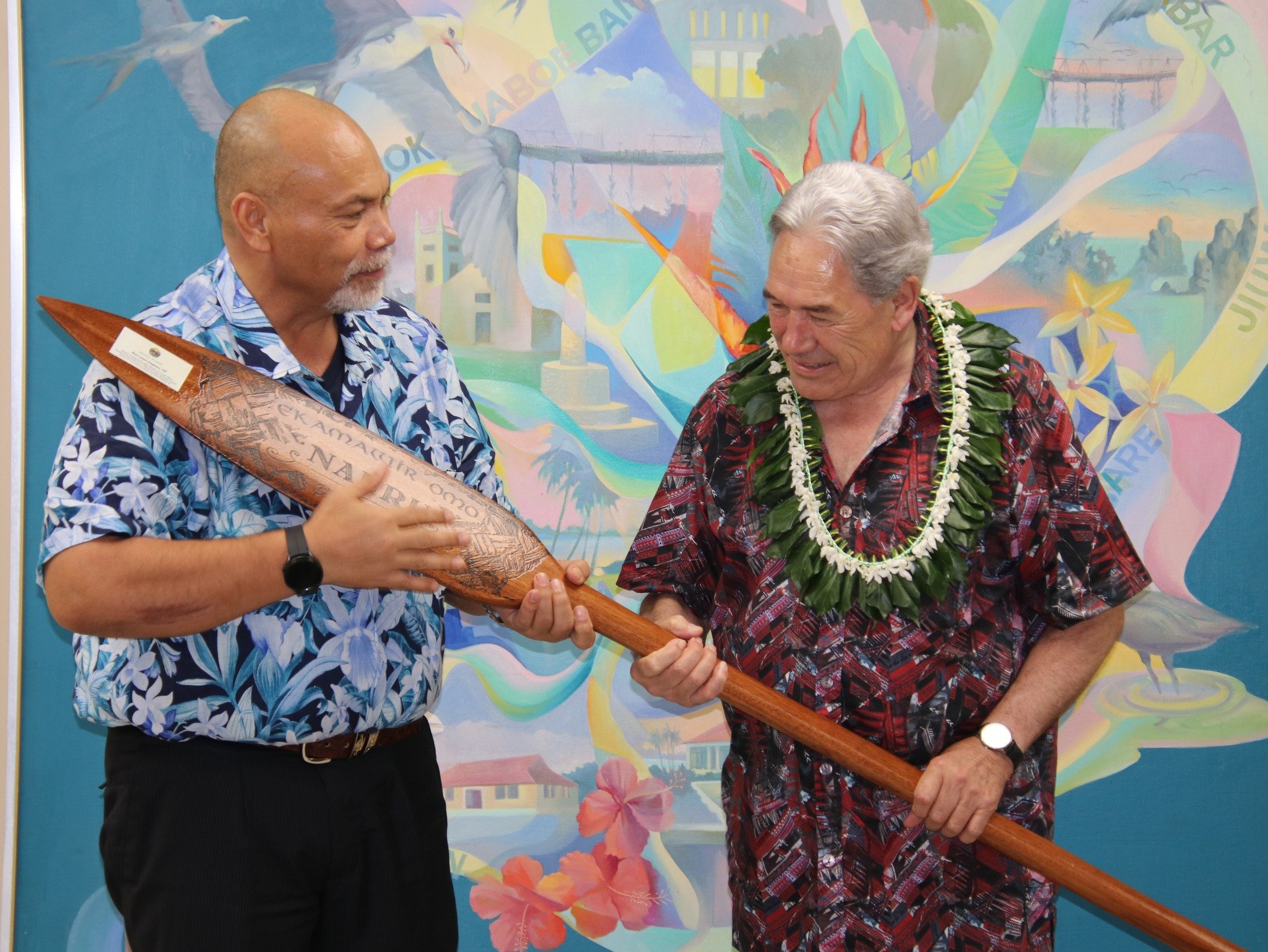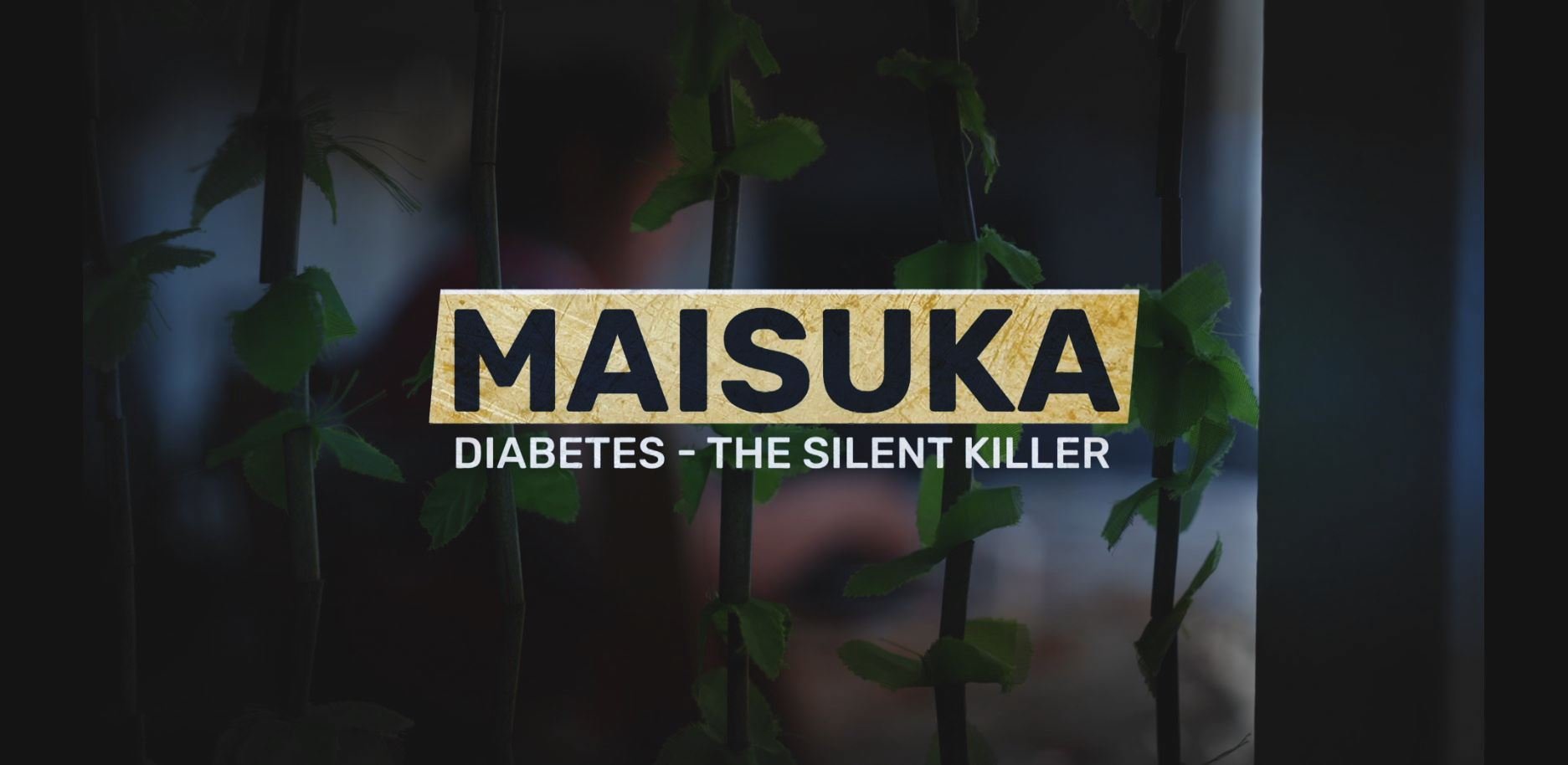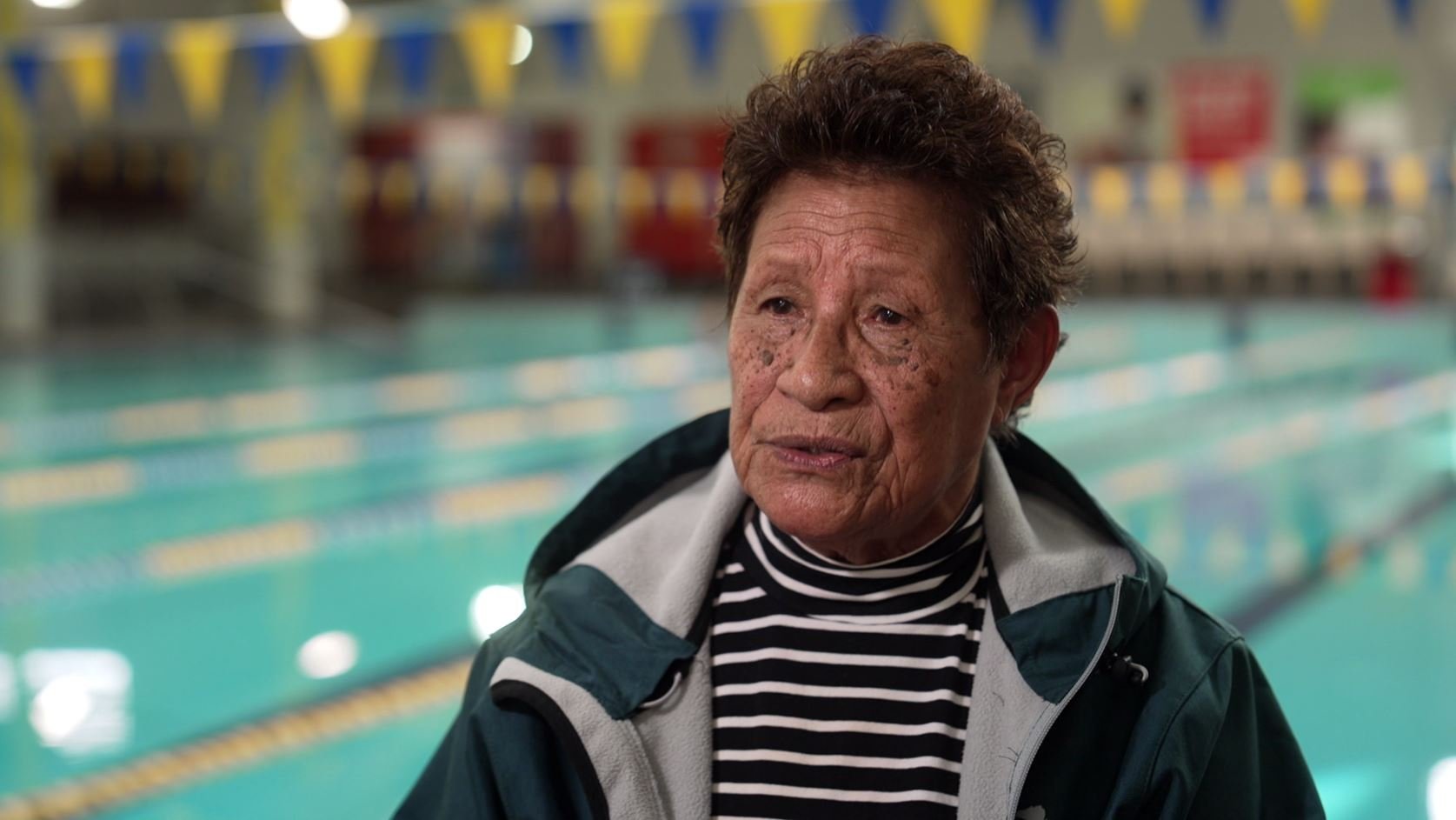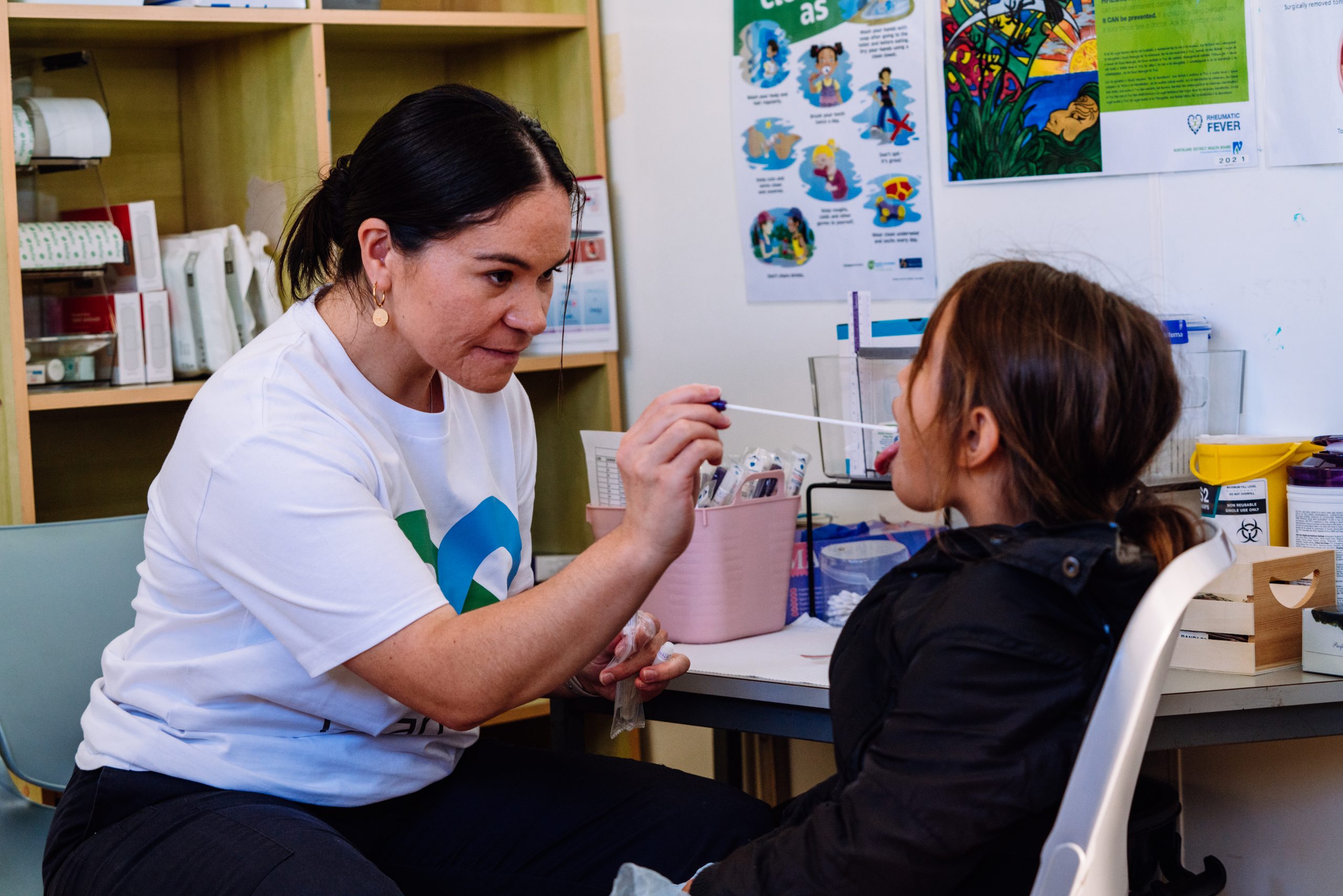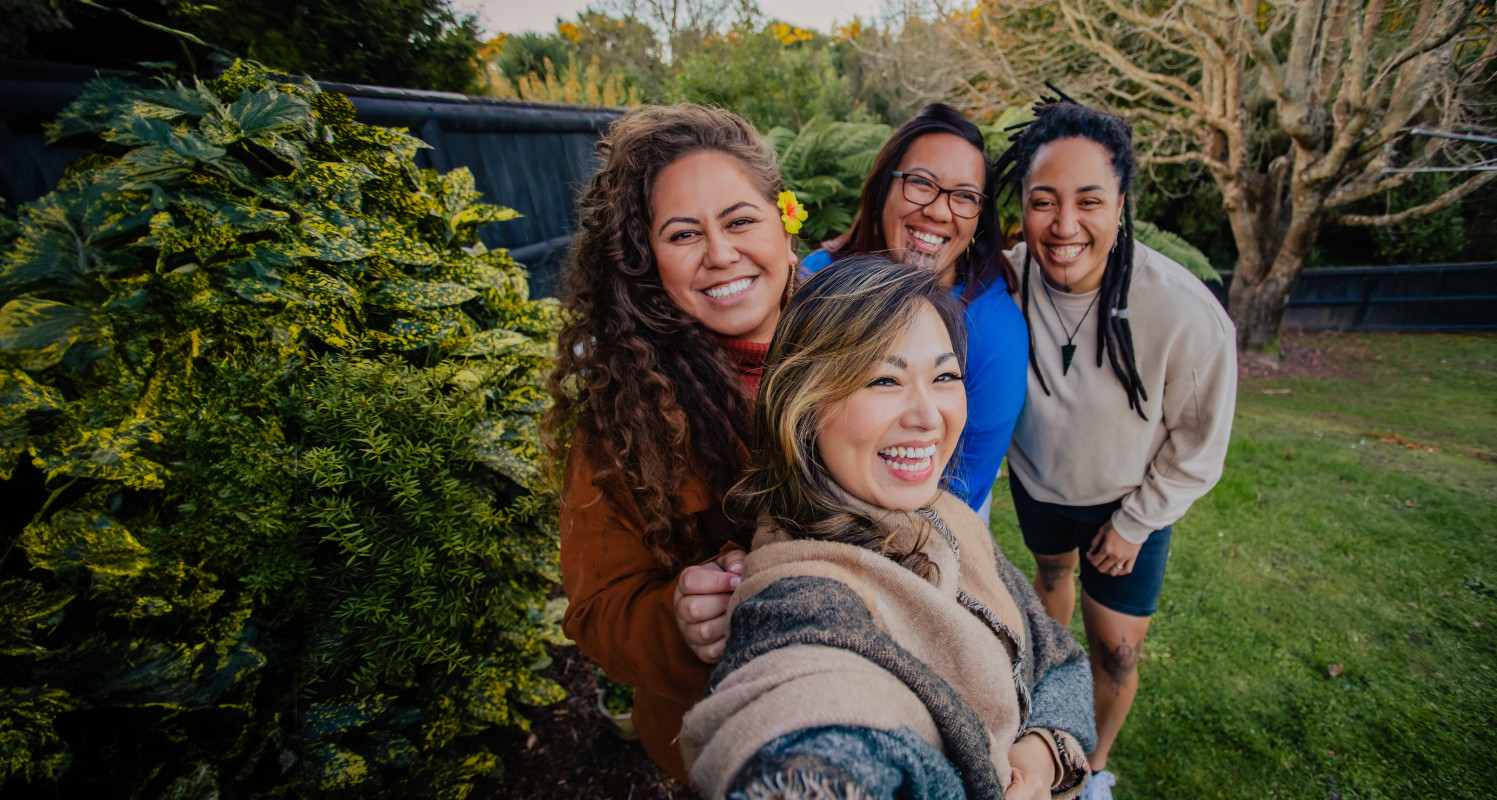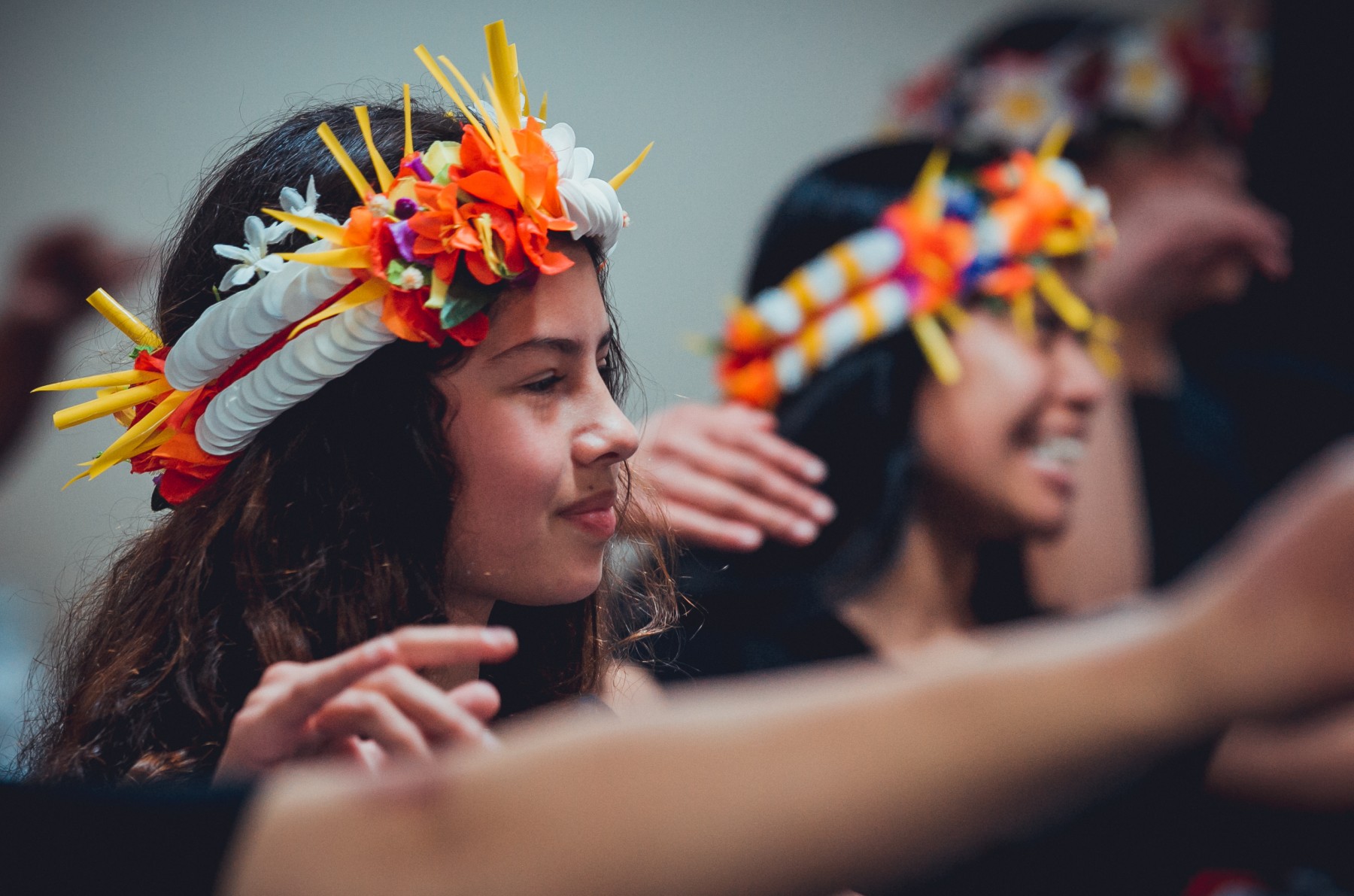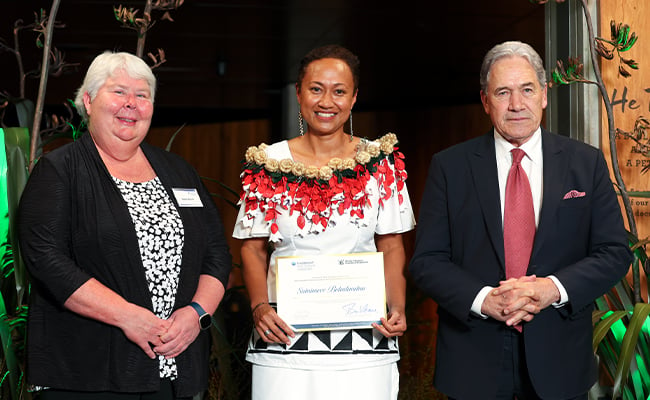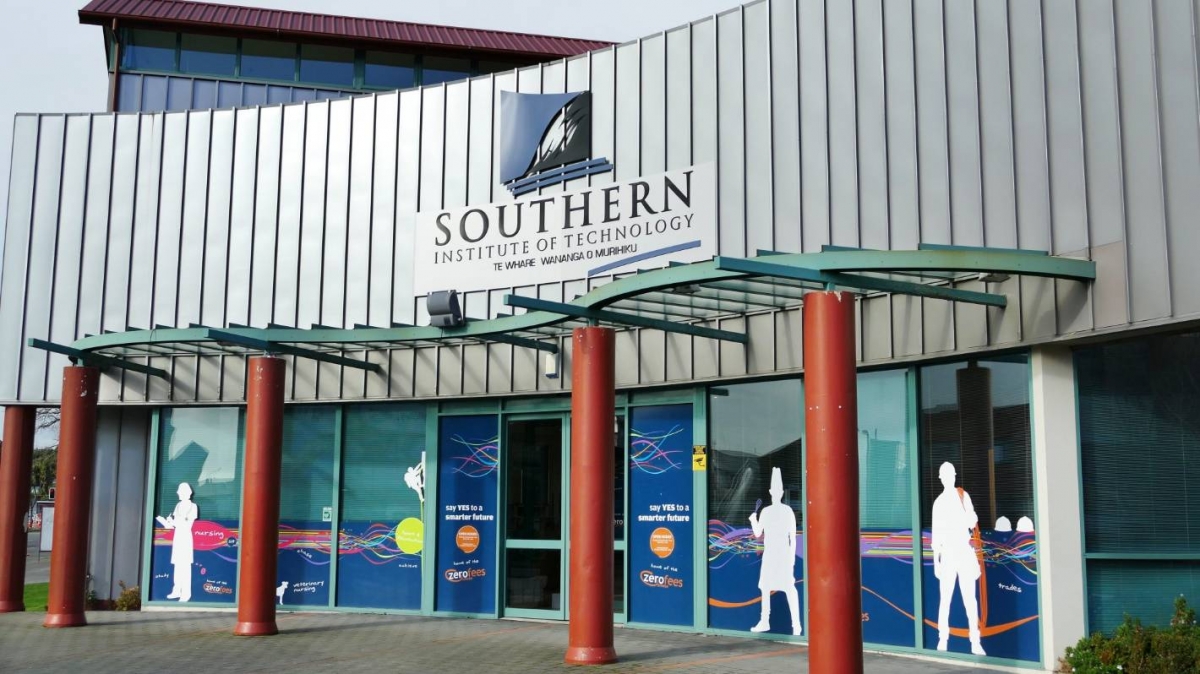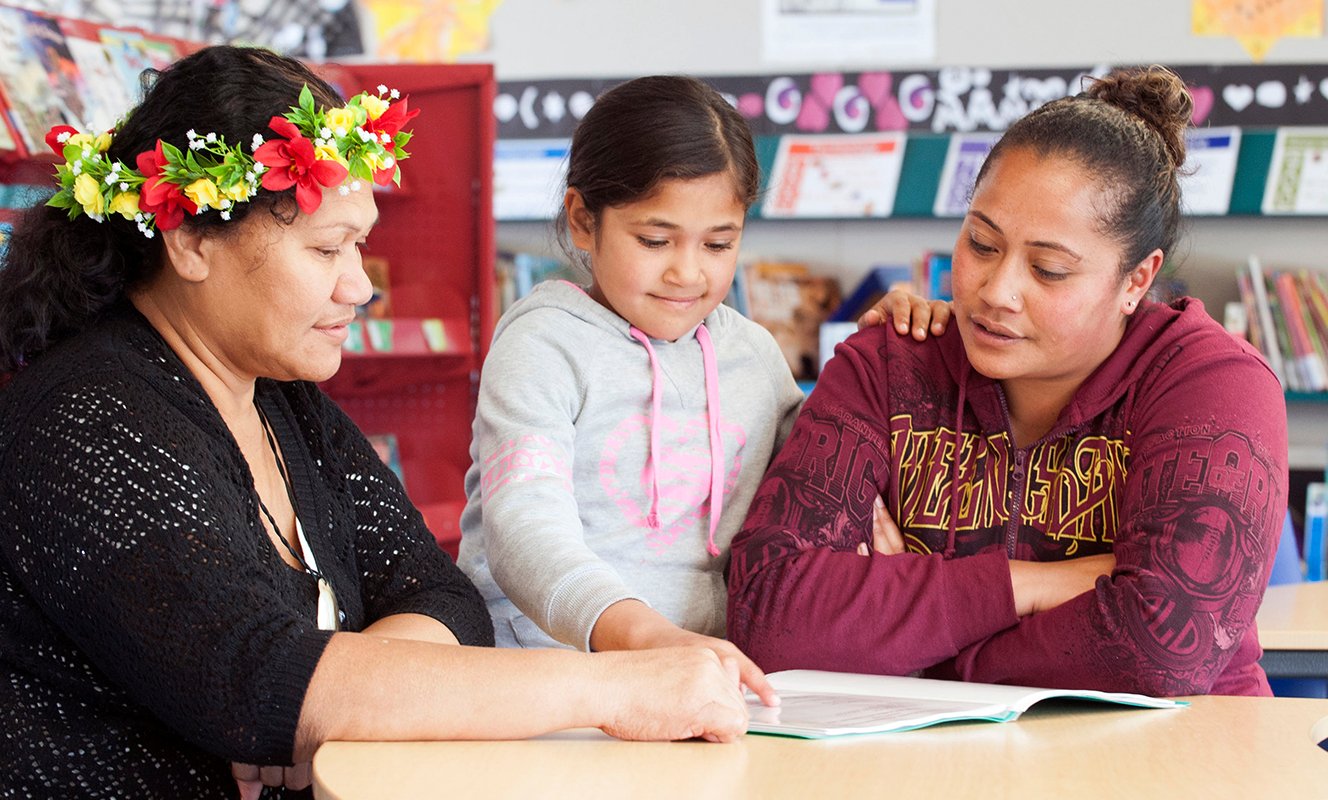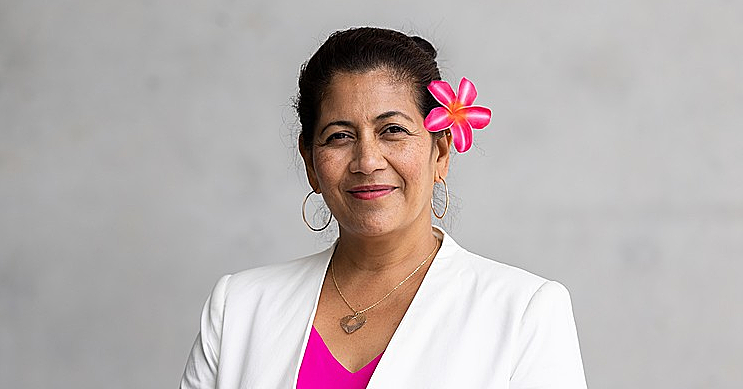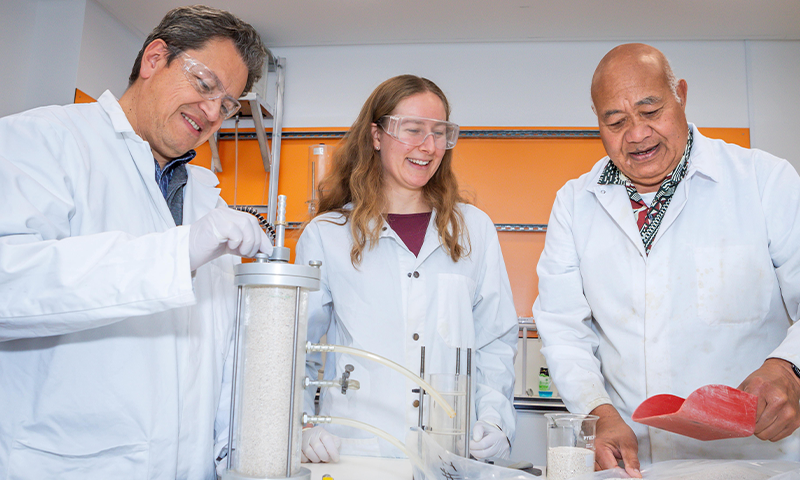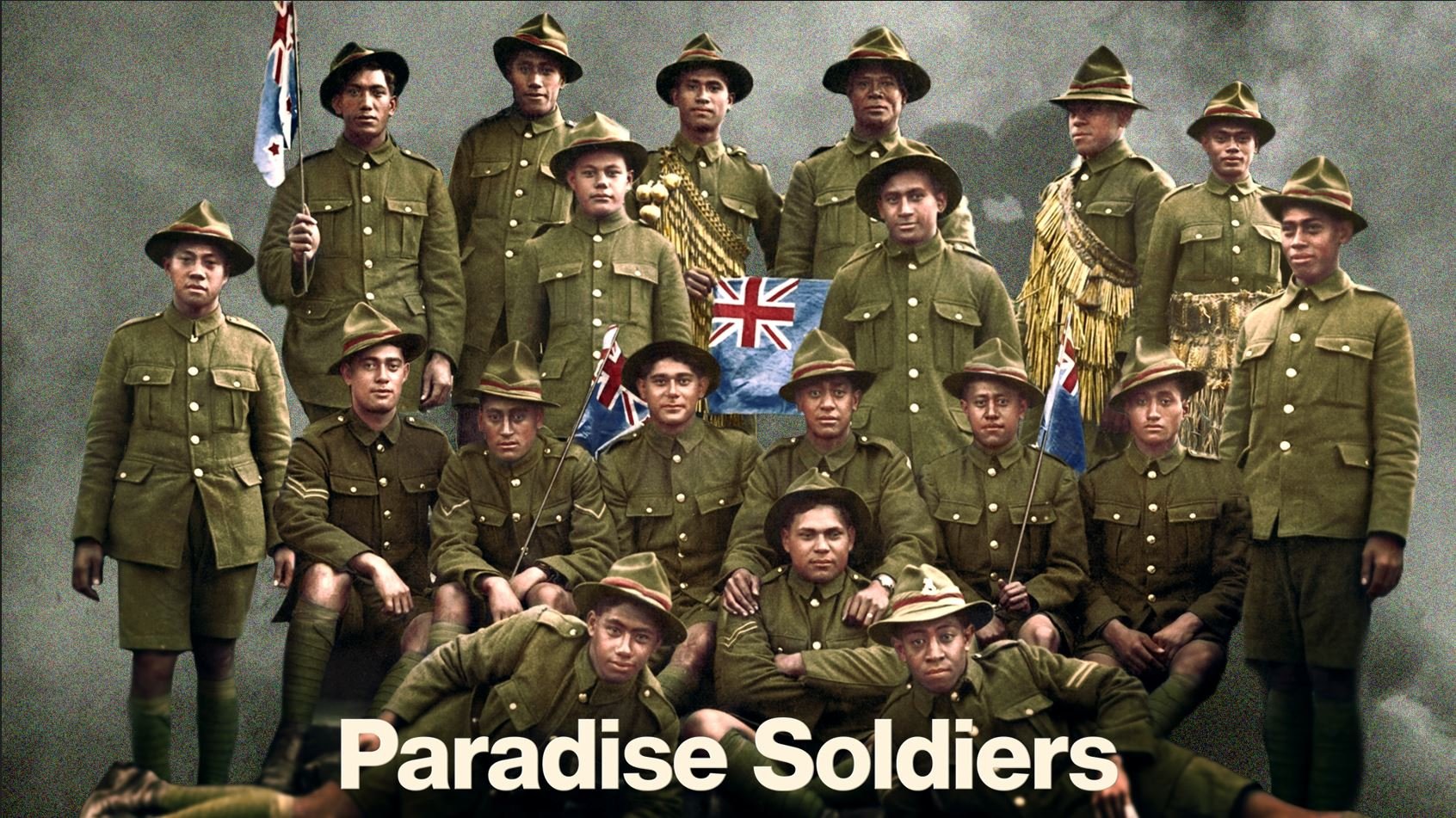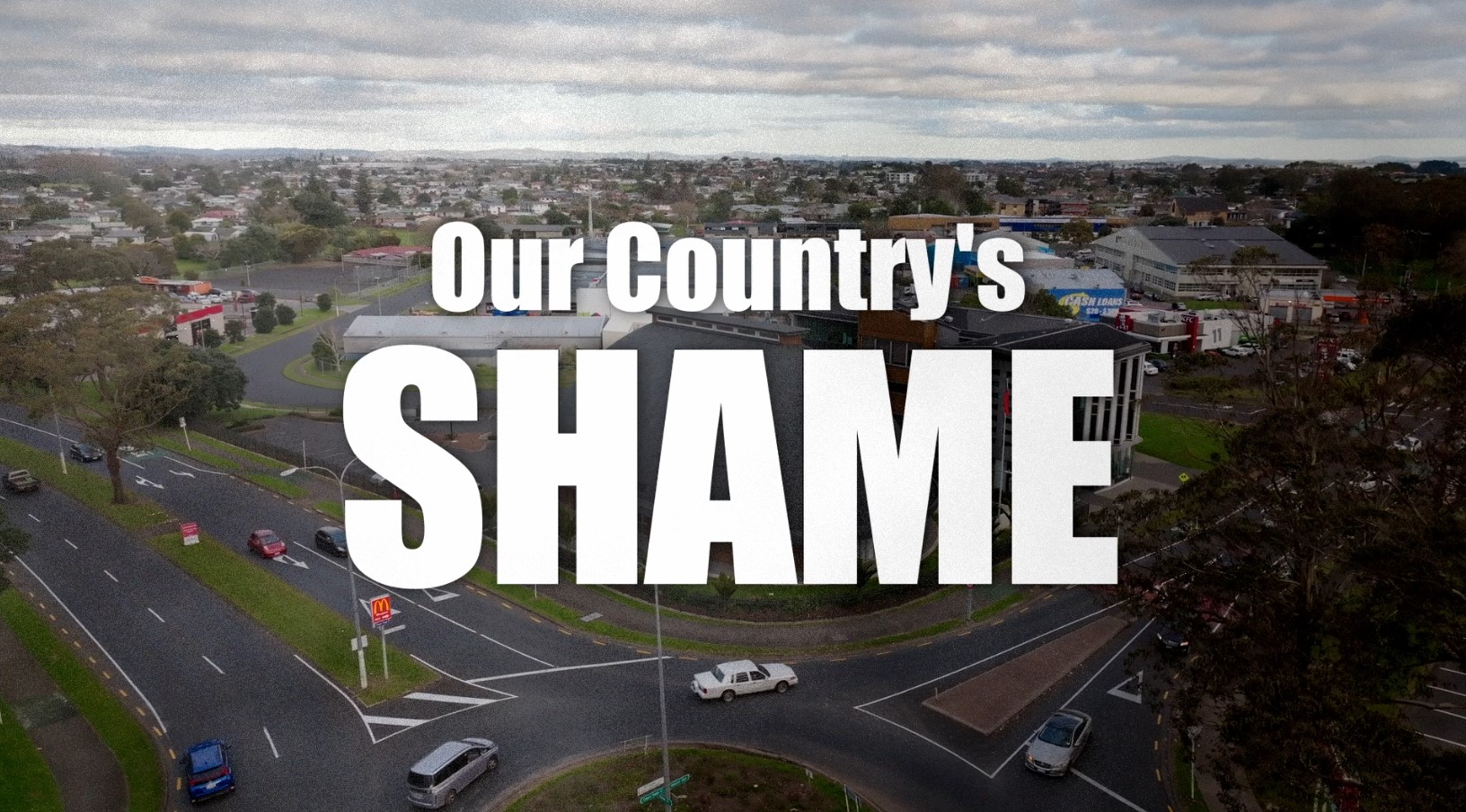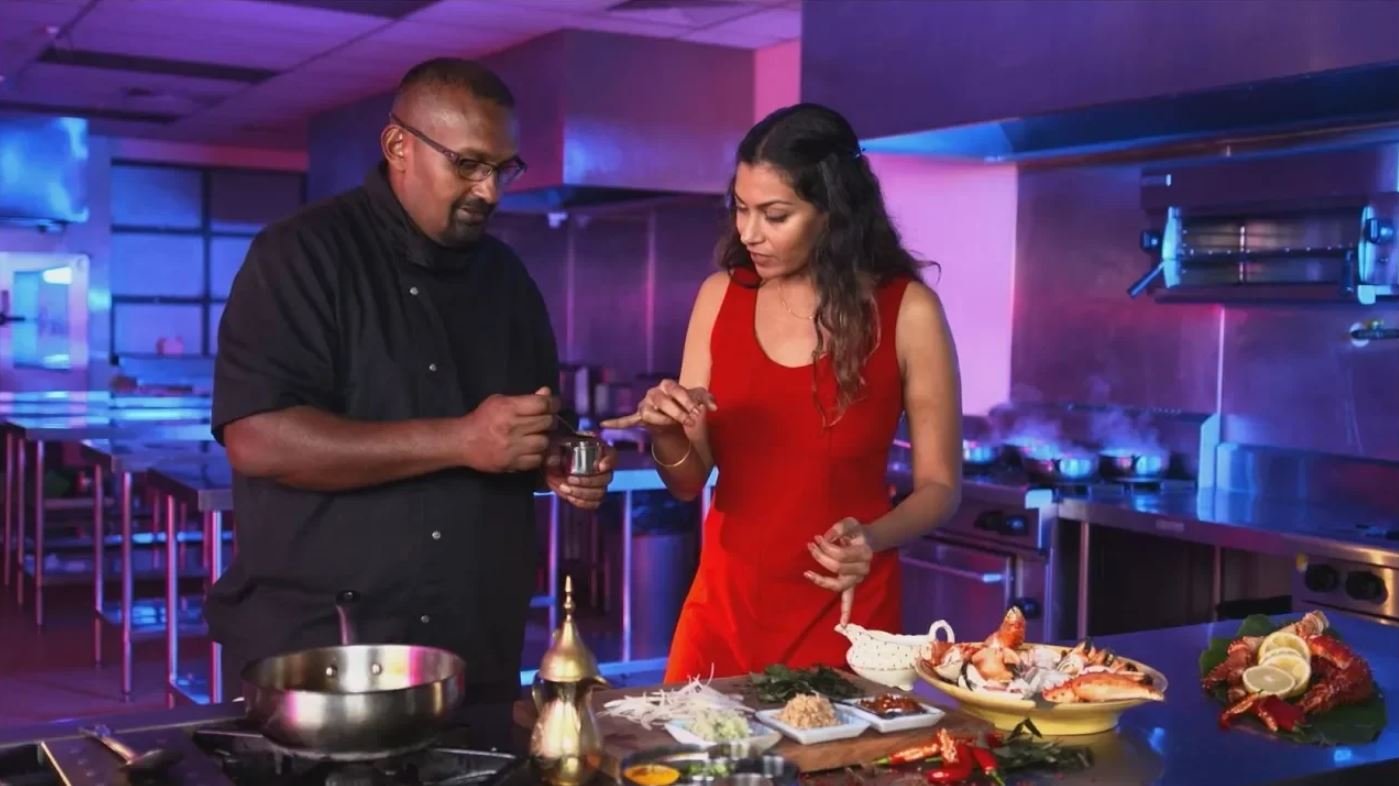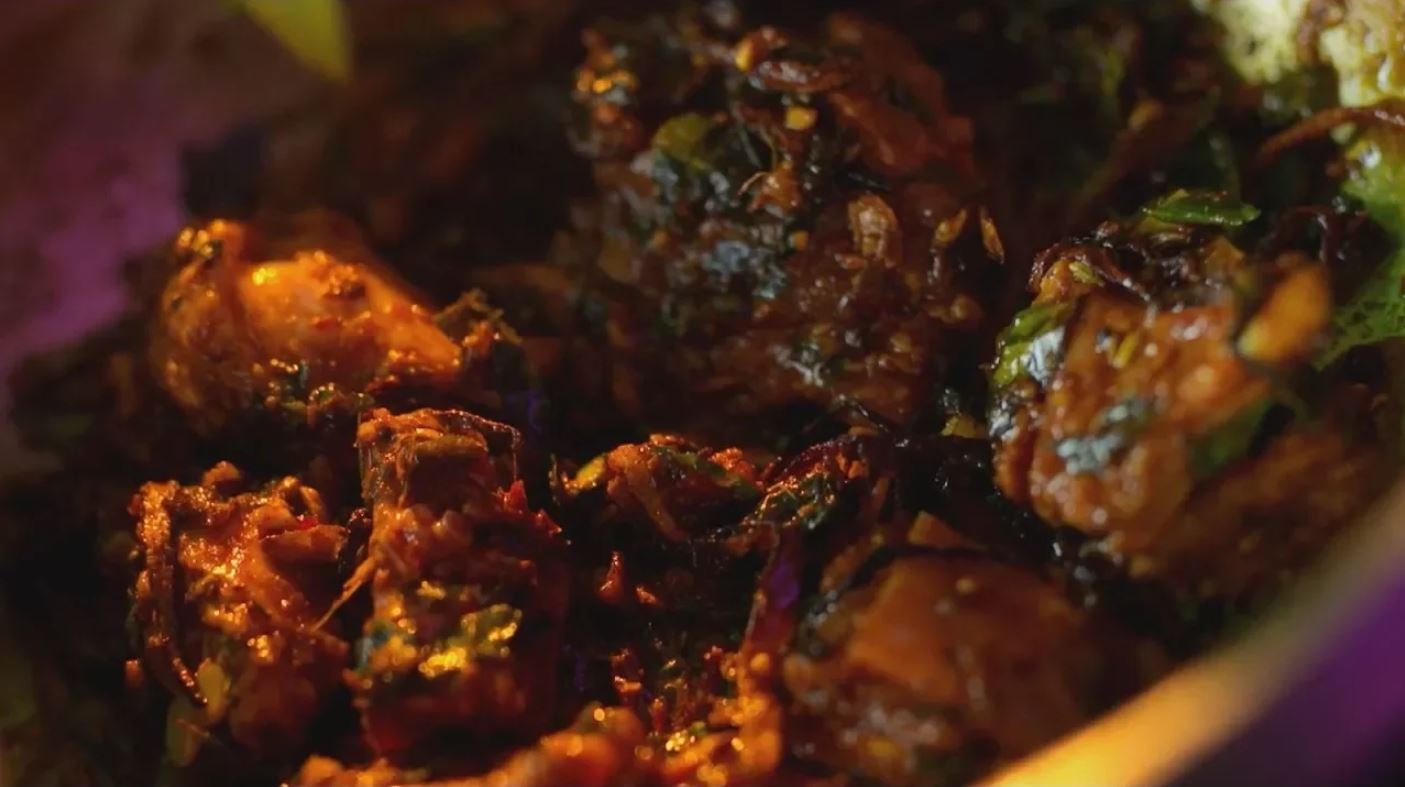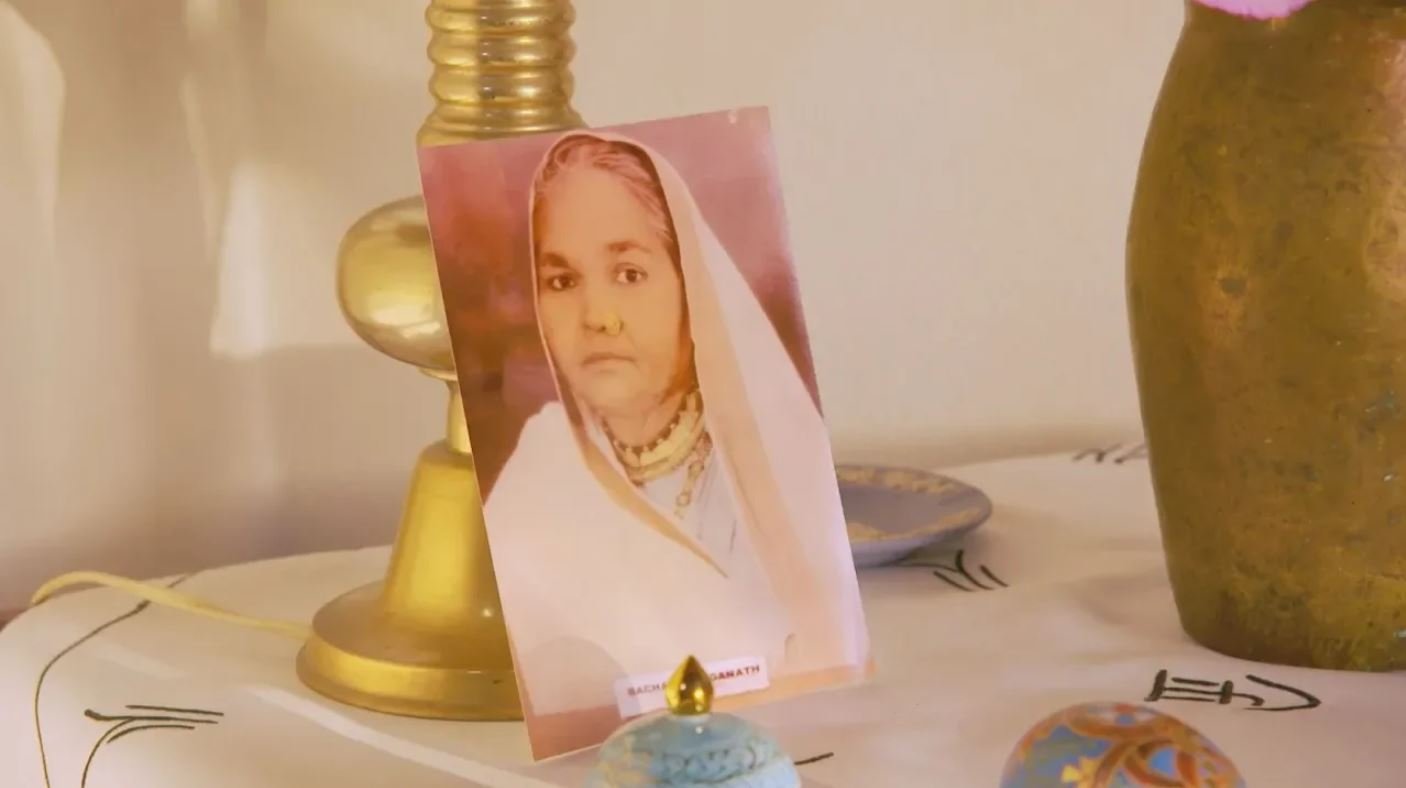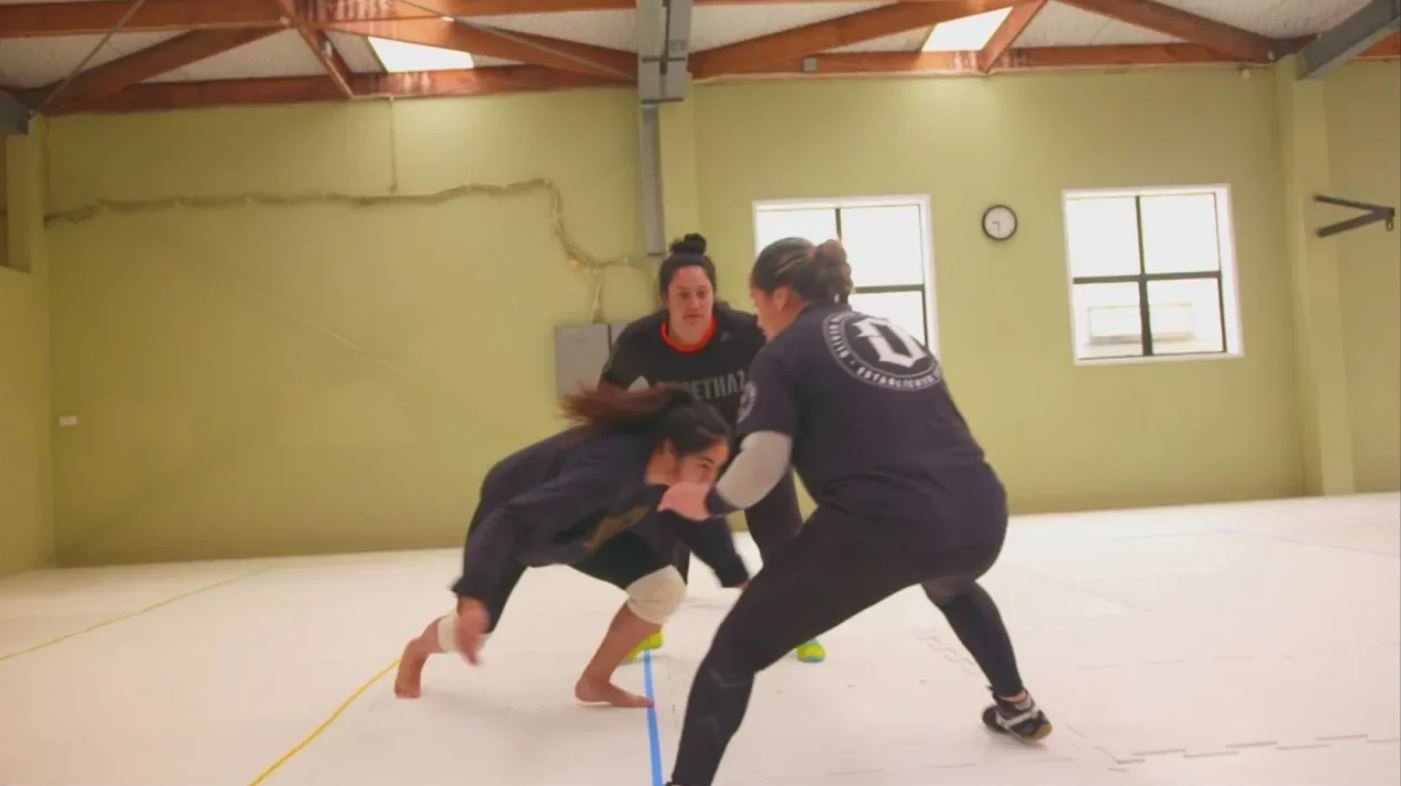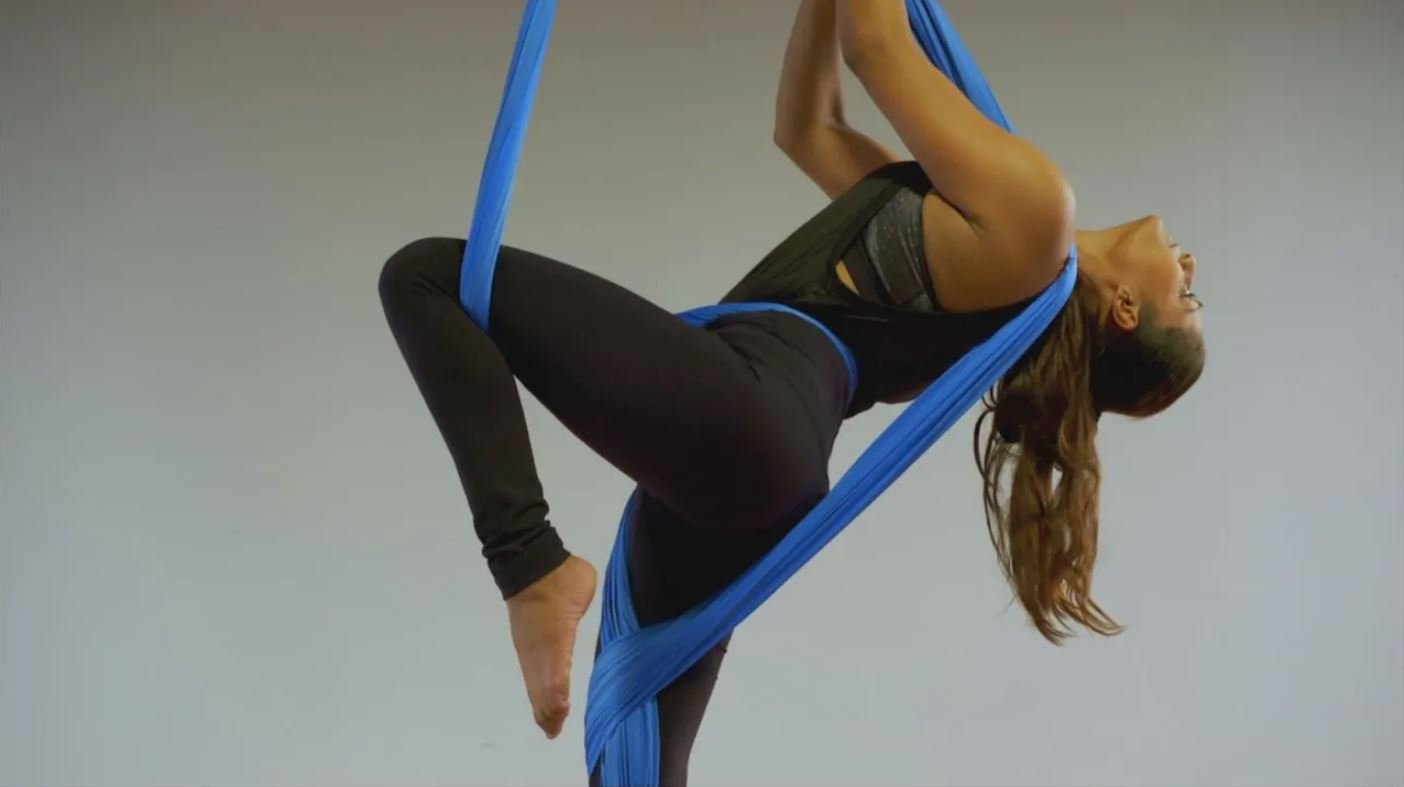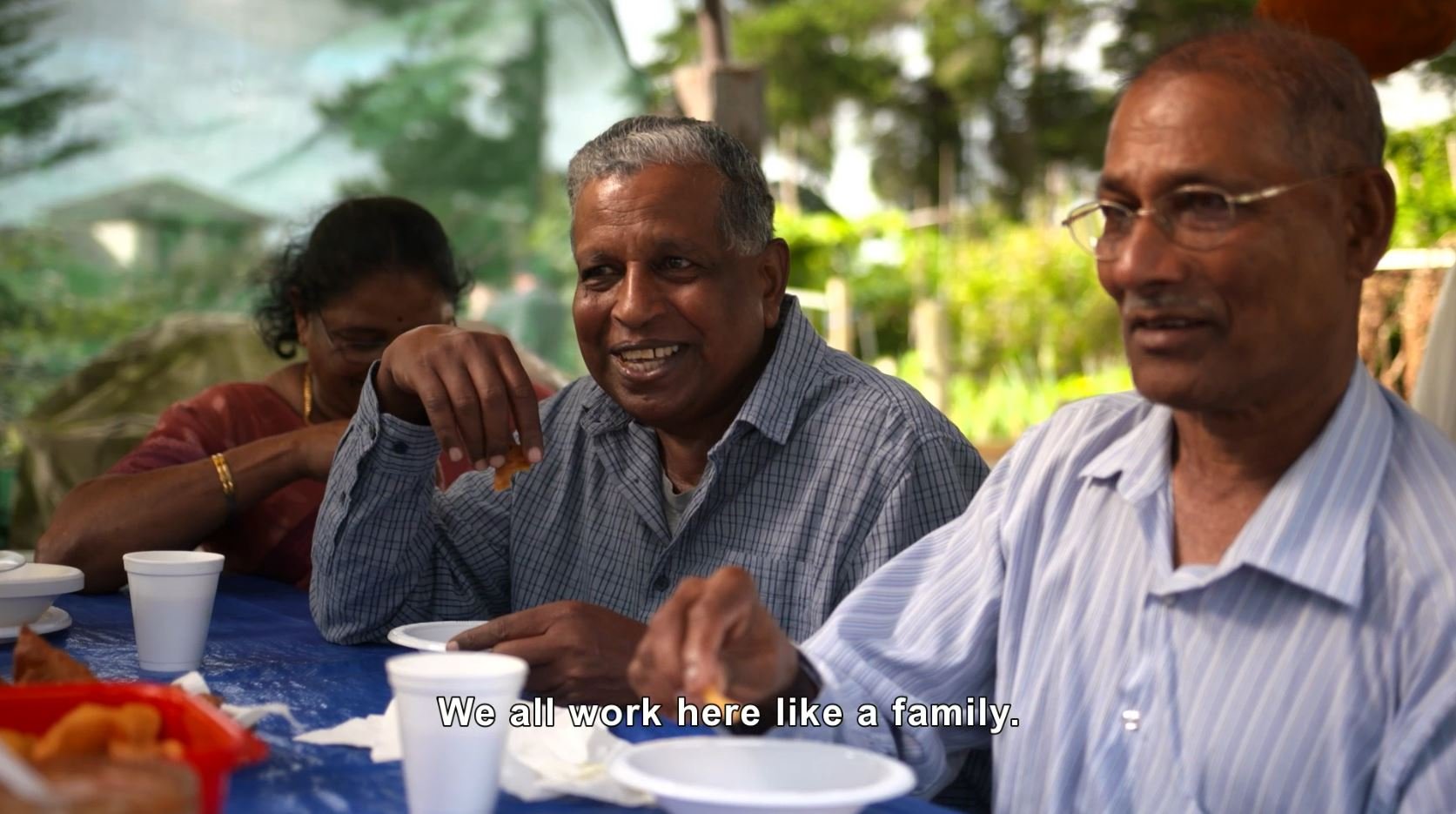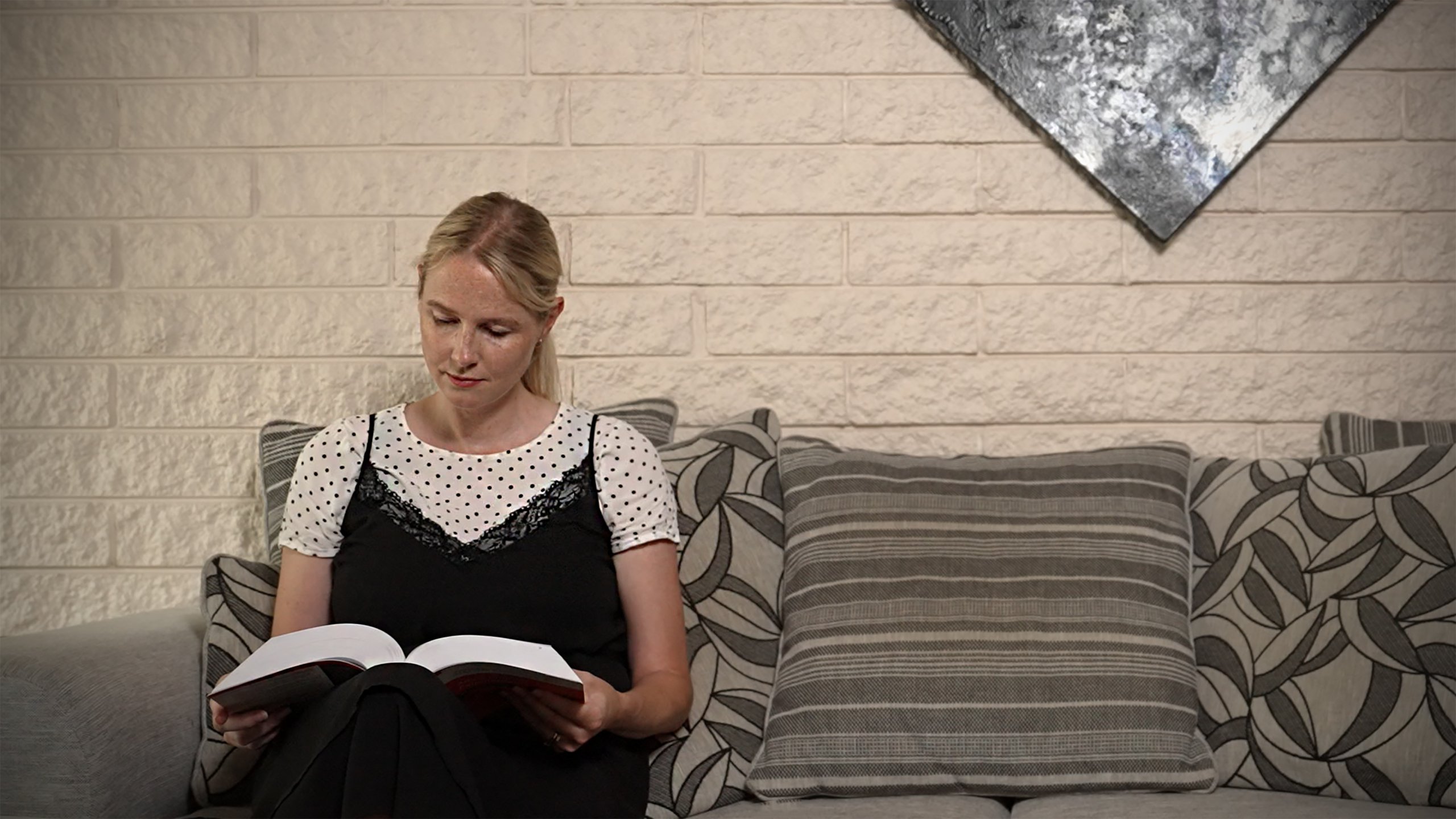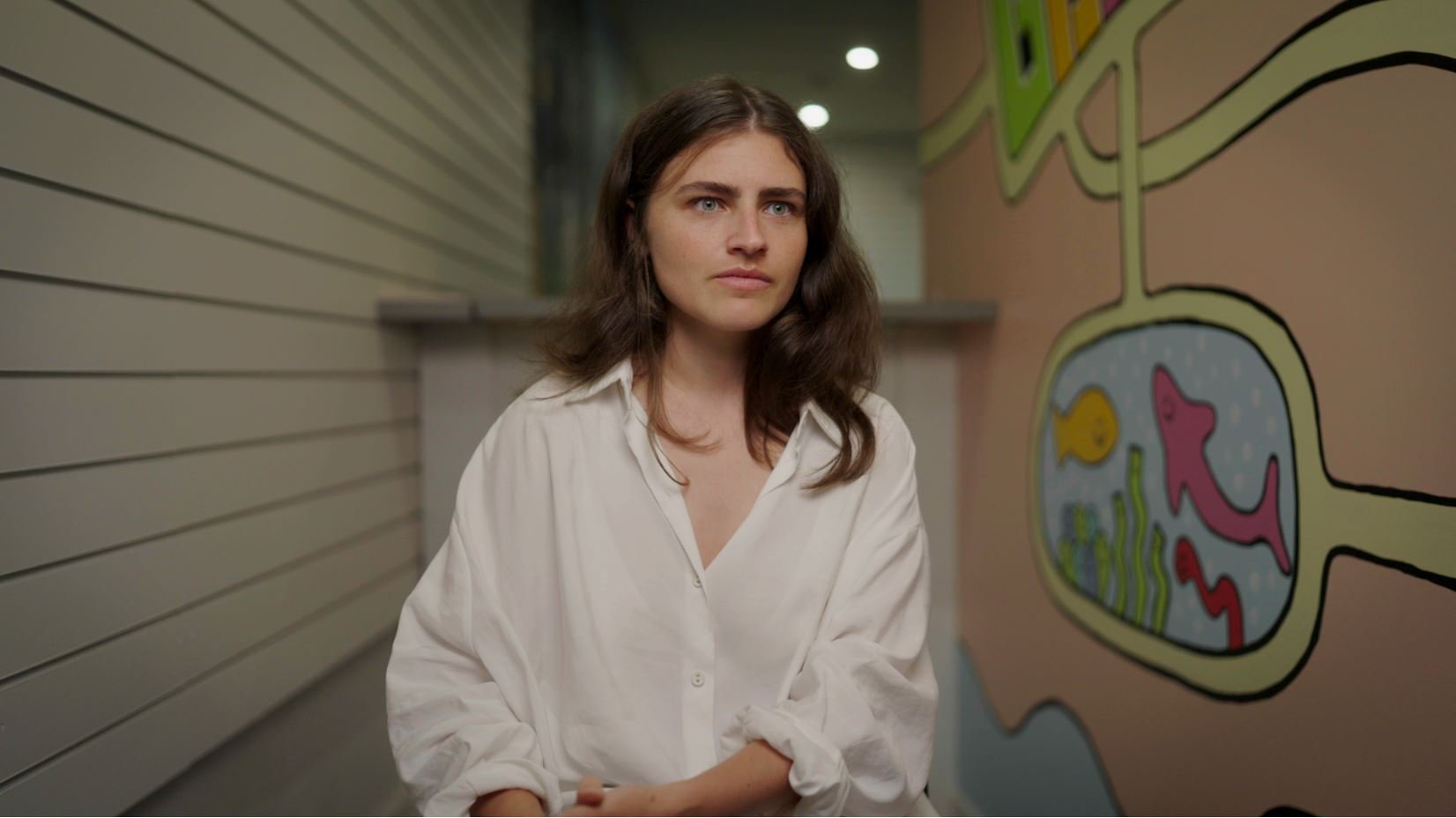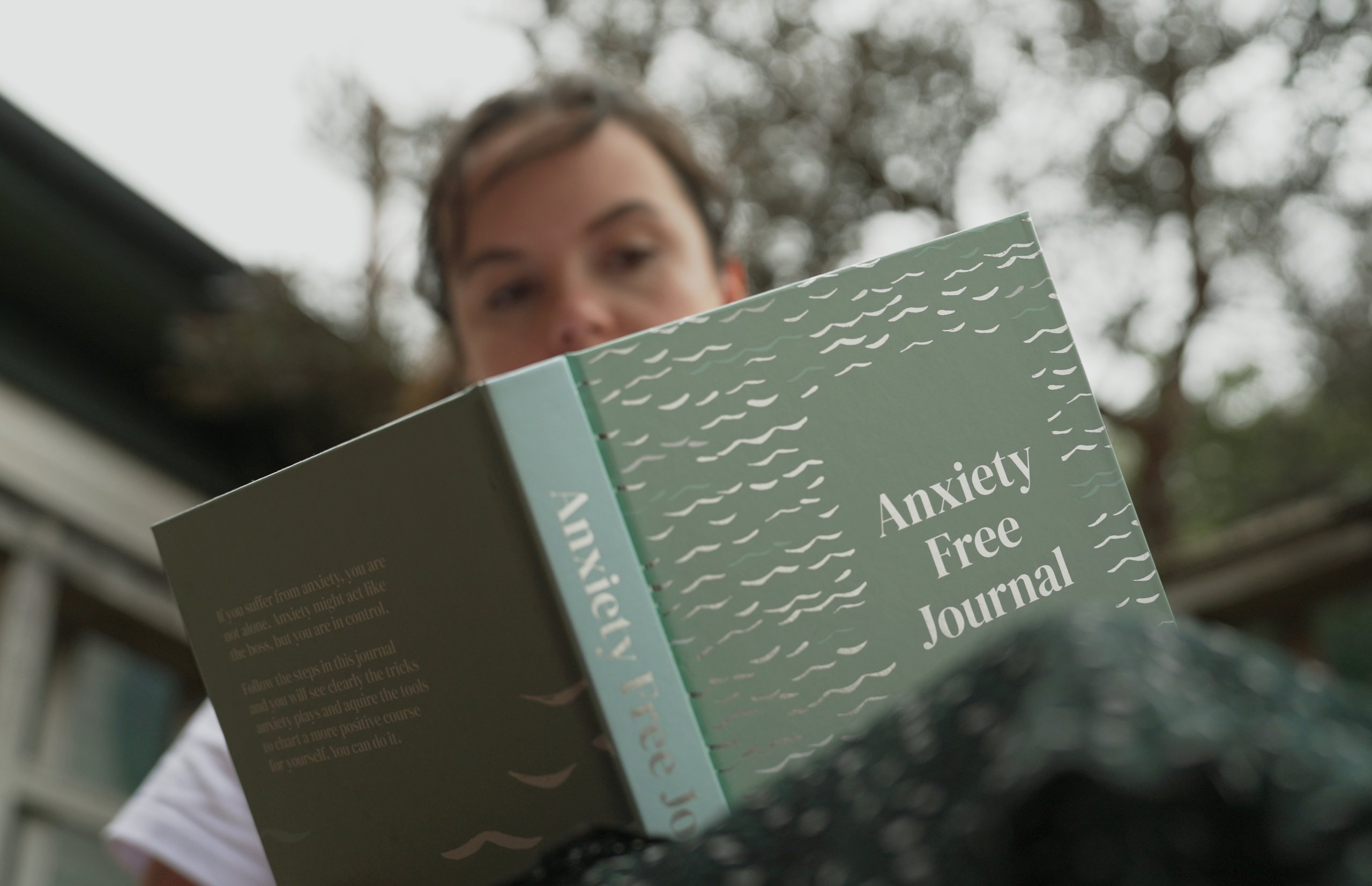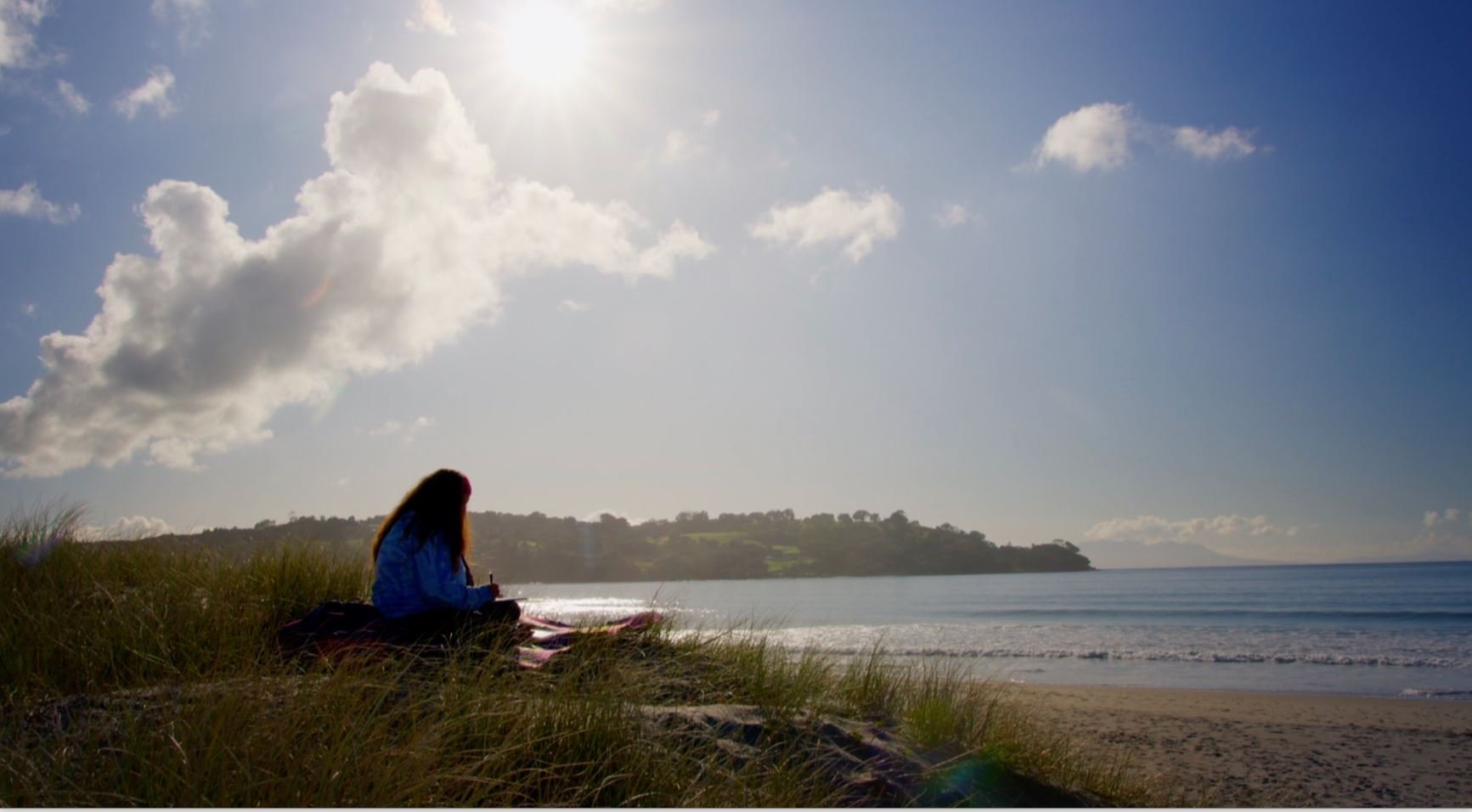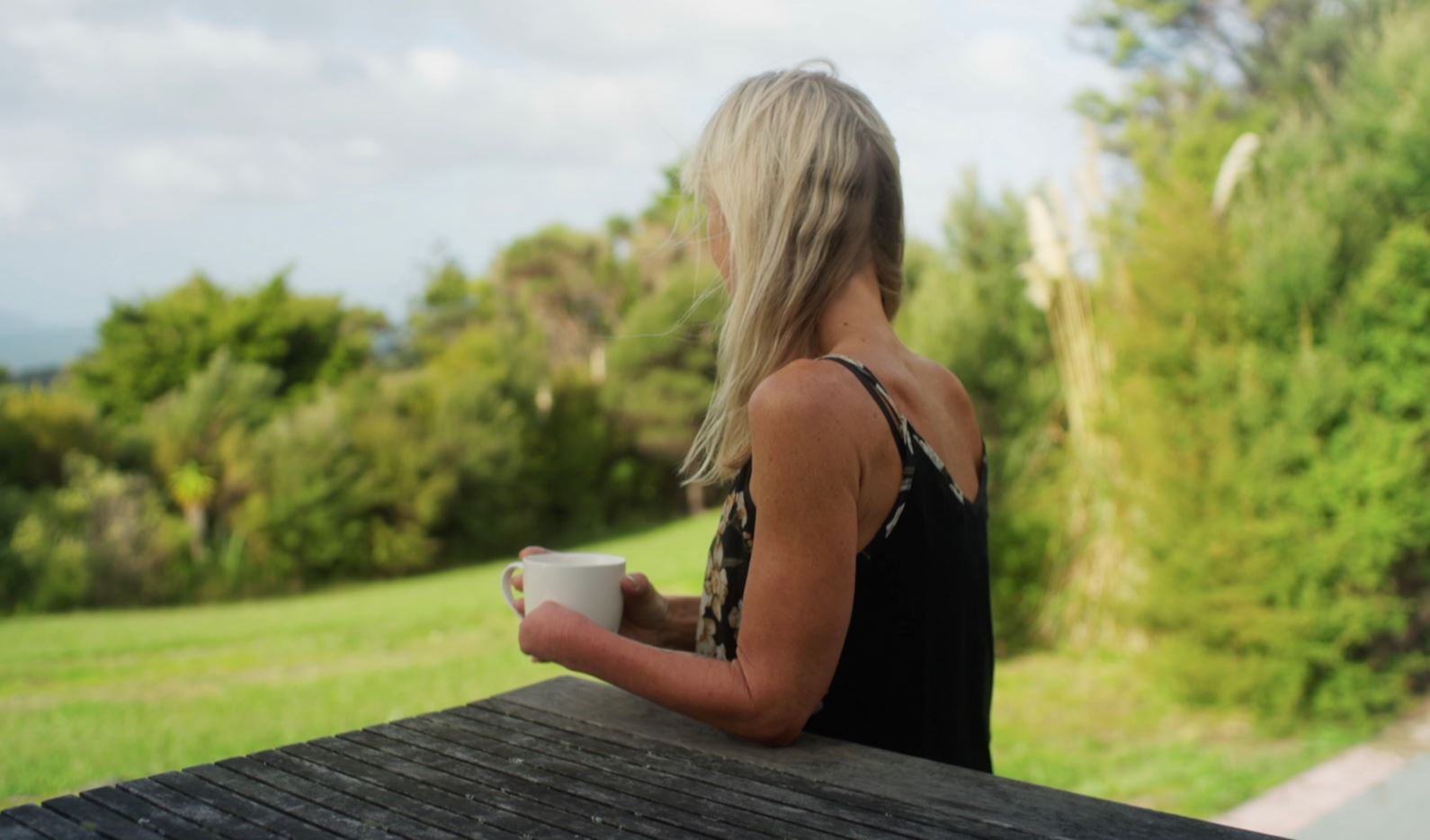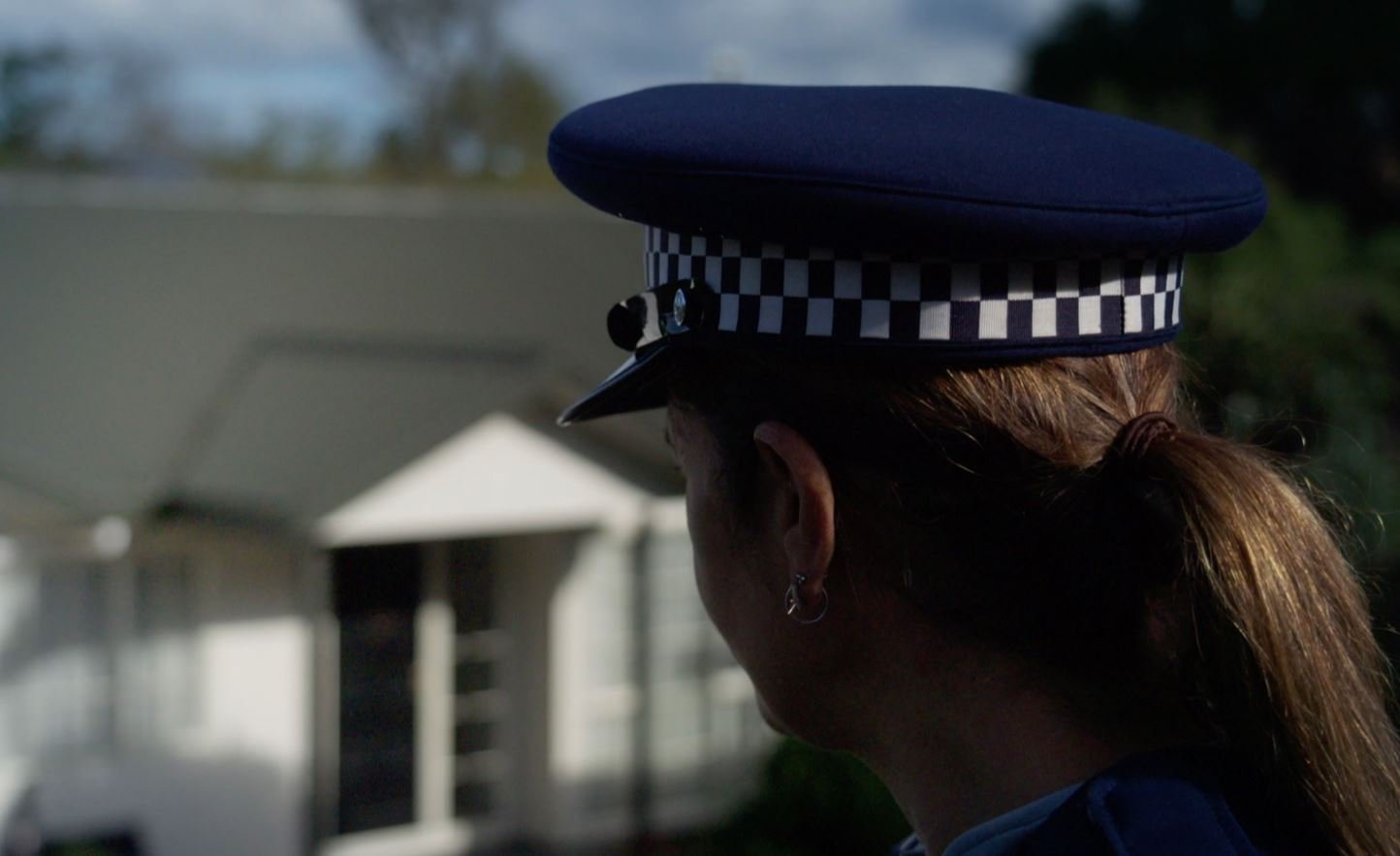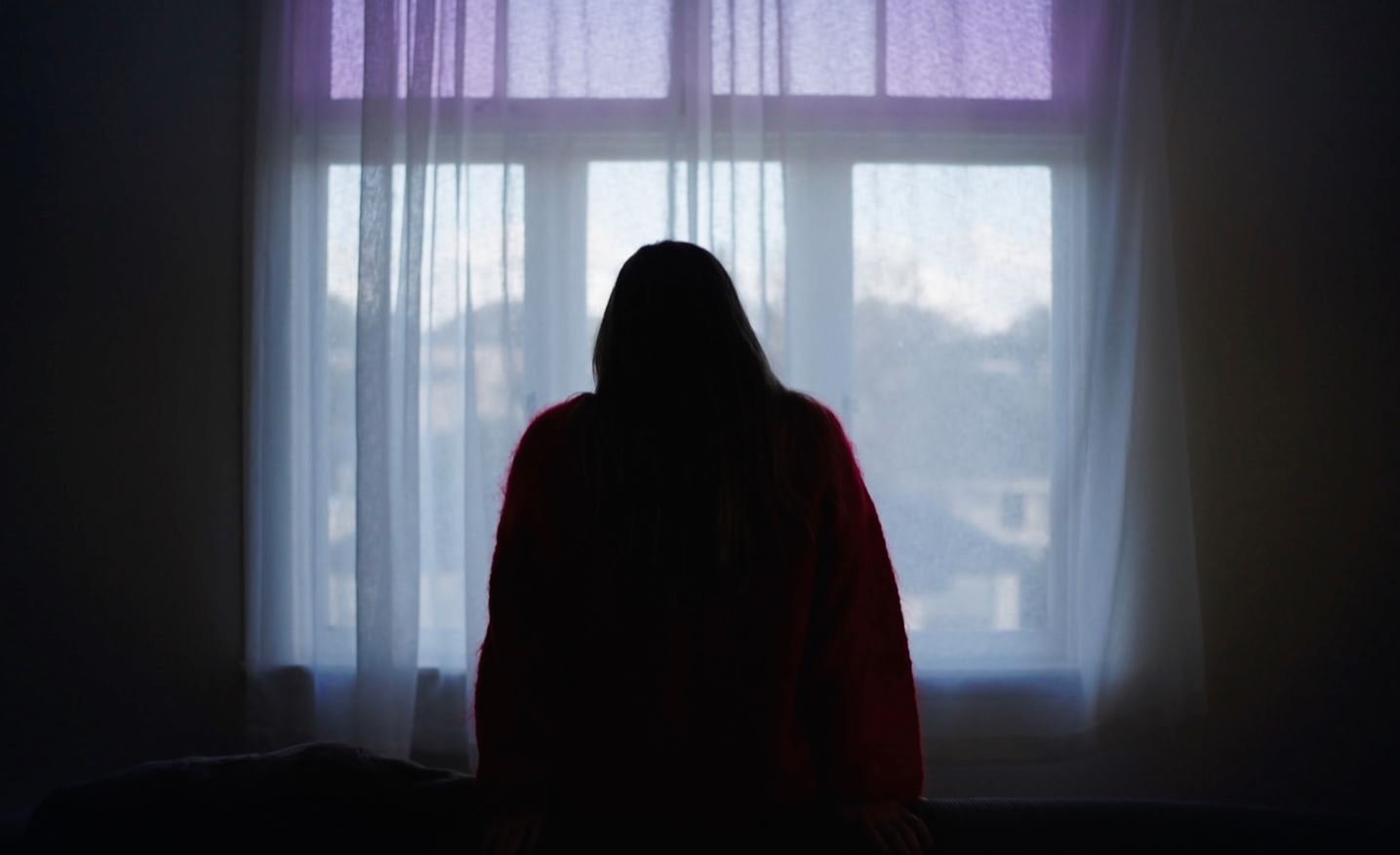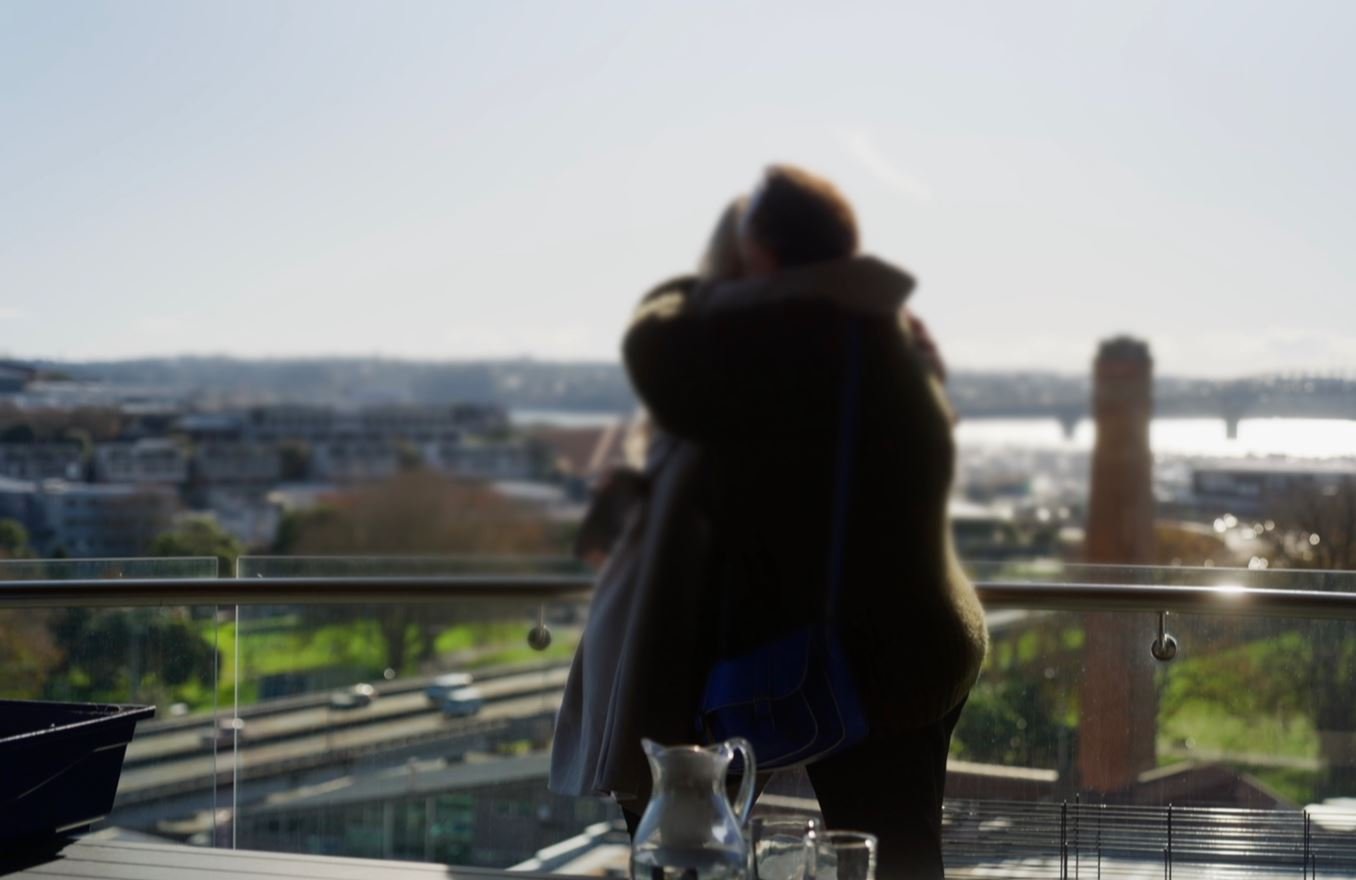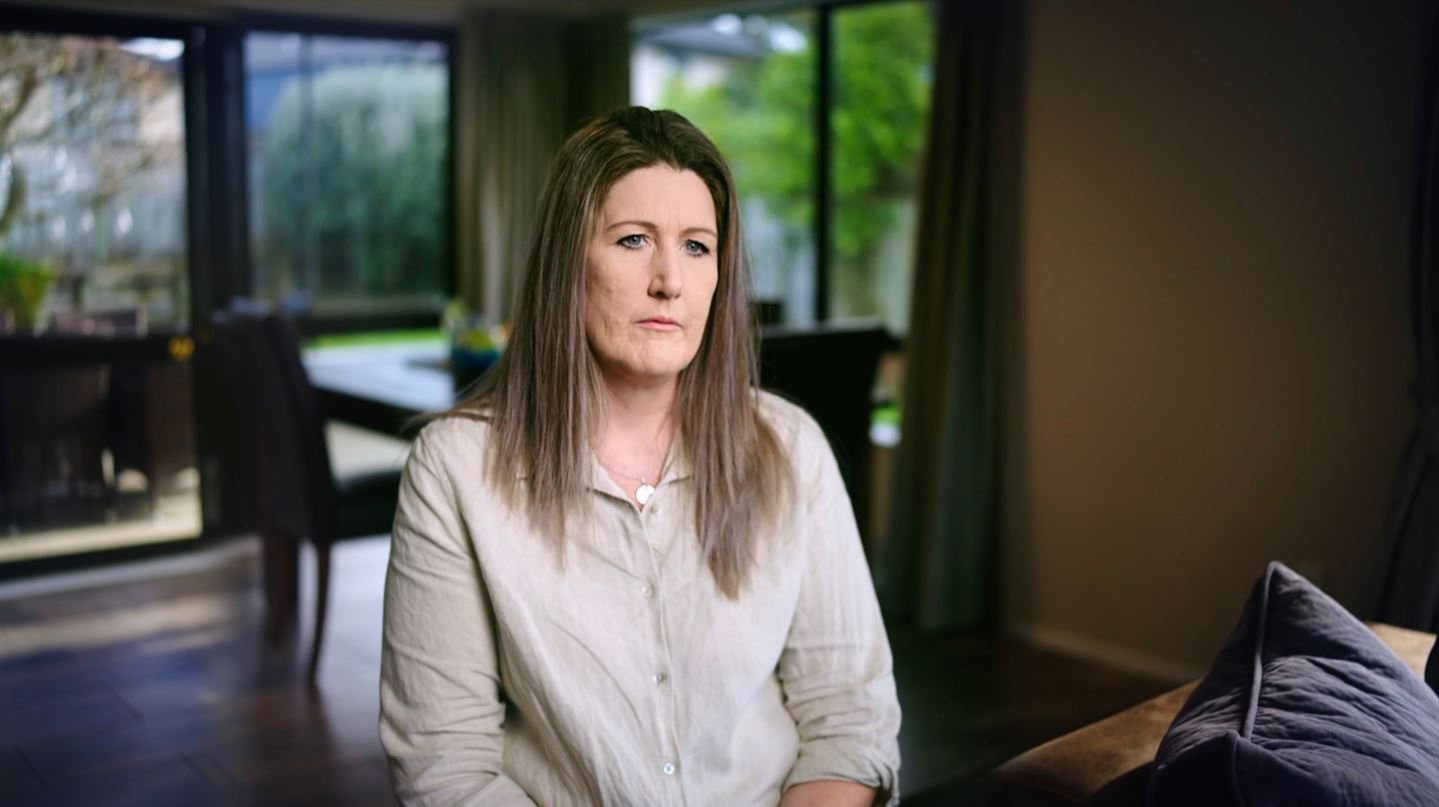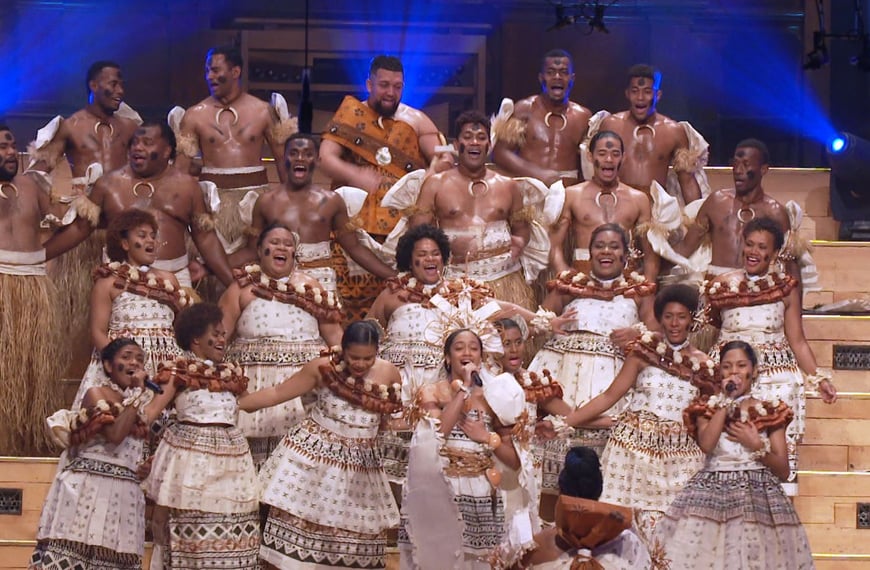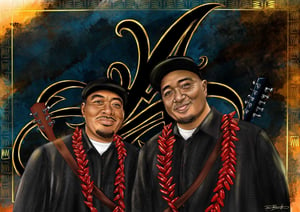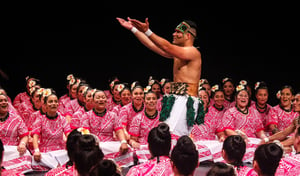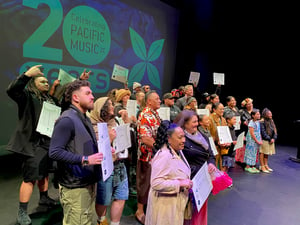Public Interest Journalism funded through NZ On Air
Photographer Raymond Sagapolutele’s story starts with an ending.
“Mum and my birth father were in Ponsonby in the sixties. And she left after things had fallen to pieces,” Raymond says.
“I wasn’t even old enough to know him or remember him. I don’t remember him at all. She was sent to Invercargill by my grandparents. And that’s where mum met the man I would come to call dad.
“We ended up moving up to Auckland in 1980, which was an actual blessing for our family and for me, because there were Islanders everywhere.”
Raymond’s family settled in Manurewa a place he’s immensely proud of, “I’m the last one still living in Manurewa. Manurewa hard.”
Before Raymond was a photographer he worked in finance.
“After my failure, that was my first stint at university, I needed to get a job. I applied for a job through Postbank as a teller. So Postbank became an ANZ, and that’s where I met my wife.
“She saw me as this weird homie and I saw her as this, the strange head banging Greek woman from east Auckland. Over the years that friendship blossomed.”
Raymond’s wife, Maria, took a photography course, but it was Raymond who got serious with the camera. He took a photo of his brother Mark Sagapolutele, with his hip-hop quartet the Deceptikonz, which was published in Rip it Up magazine. The editor asked if Raymond had any other photos, which led to years of editorial photography work for him.
In 2012, Raymond set up photoshoots with his mother, and sister, to celebrate two generations of creativity and passing knowledge through dance.
“Mum and Tia, both of them were dancers, both different styles. Mum, very traditional obviously, but she had taught Tia, when Tia was younger. Tia had then gone off and become part of the Royal Family (dance troupe). And so her dance was influenced heavily by what Parris (Goebel) was teaching.
“We were so used to seeing Mum dance. My good friend Benjamin played the CD for her and then aiuli’d her in the background while I did the shots,” Raymond says.
“To see her in a spotlight that I created through my lighting setup…I was glad I was shooting in the dark because I spent the second half of the shoot just crying.
“That was the last time we saw her dance. Three months after we shot that, she passed away. It’s her last gift to her creative son.”’
“I started looking more at the work and realising the importance of the black background in the work and the importance of having ‘the nothing’ as I was calling it at the time. It would be a device I would apply later on to other images, that became the Out Of Context project.”
The ongoing project invites the pacific community to be photographed as themselves, in day to day life.
“I sent invites out and posted for people who are interested to come in. They can just bring whatever it is that makes them feel like them or whatever it is that they wear on the regular.
“And I would say the intent is not for me to tell your story, it’s for you to be you. I gave them no direction other than, you know, we’ll just talk and I’ll just fire some shots off. The only place I really did any editing was when I picked the six images. But the images were all them.”
When Raymond assembled the images of the pacific people he’d photographed into a poster for an artist’s talk he was giving, he realised that because of the black background connecting the images, it felt like looking at the night sky.
“I’d created a star map of contemporary pacific people.”
Raymond expanded his work and interpretation of his work with a Masters in Photography from AUT in 2018. His thesis drew on pacific scholars like Albert Wendt, to identify the nothing, the blackness.
“A lot of us artists have leaned on his words around ‘tatau-ing’ the post-colonial body. And references he made to the Vā, has become core to a lot of our artistic practices – for those of us outside of Samoa.”
Vā is an Sāmoan concept which describes the relational space between people, and physical spatial dimension. Samoan author and poet Albert Wendt has said, “our vā with others defines us”.
Ten years after the photos of his mother and sister dancing, Raymond’s photography, work and art, is inseparable from his community and culture.
“I freelance as a creator, as a photographer, as an artist, and I do a lot of work for other people, but I also have time now to work on my own projects. I’m lecturing and I’m teaching. And I do a lot of workshops where I pass on what I know and I help either younger artists or artists who don’t know their artists yet develop their skills or their visual language.
“If I hadn’t made that work (with my mother and sister), I don’t know if I would’ve really understood what I was trying to do as a photographer. And more importantly, as a creative who’s raised in the diaspora who happens to be Samoan, and still trying to learn his way through things.”
Quotes have been edited for length and clarity.

